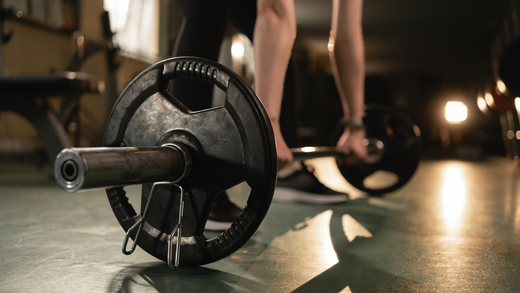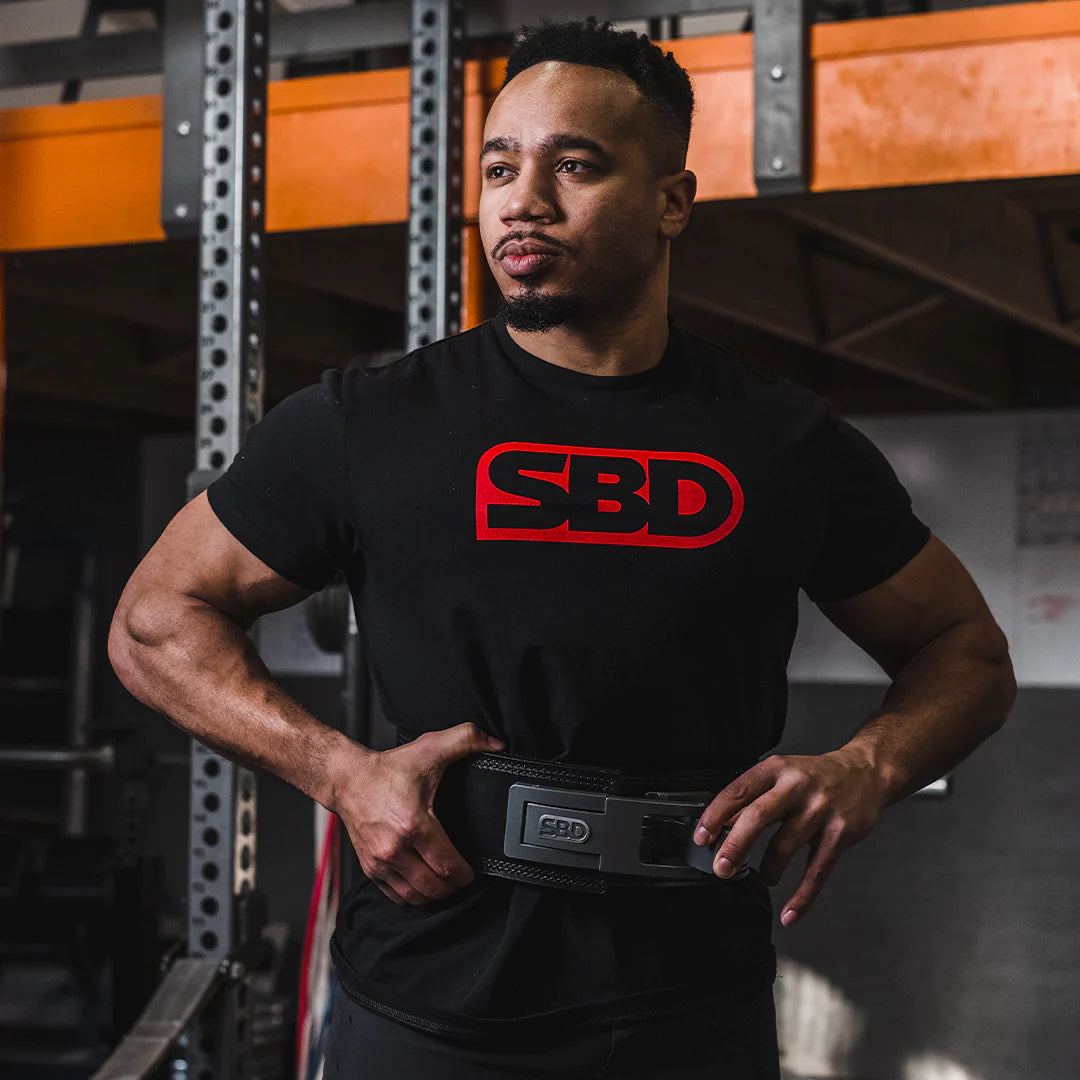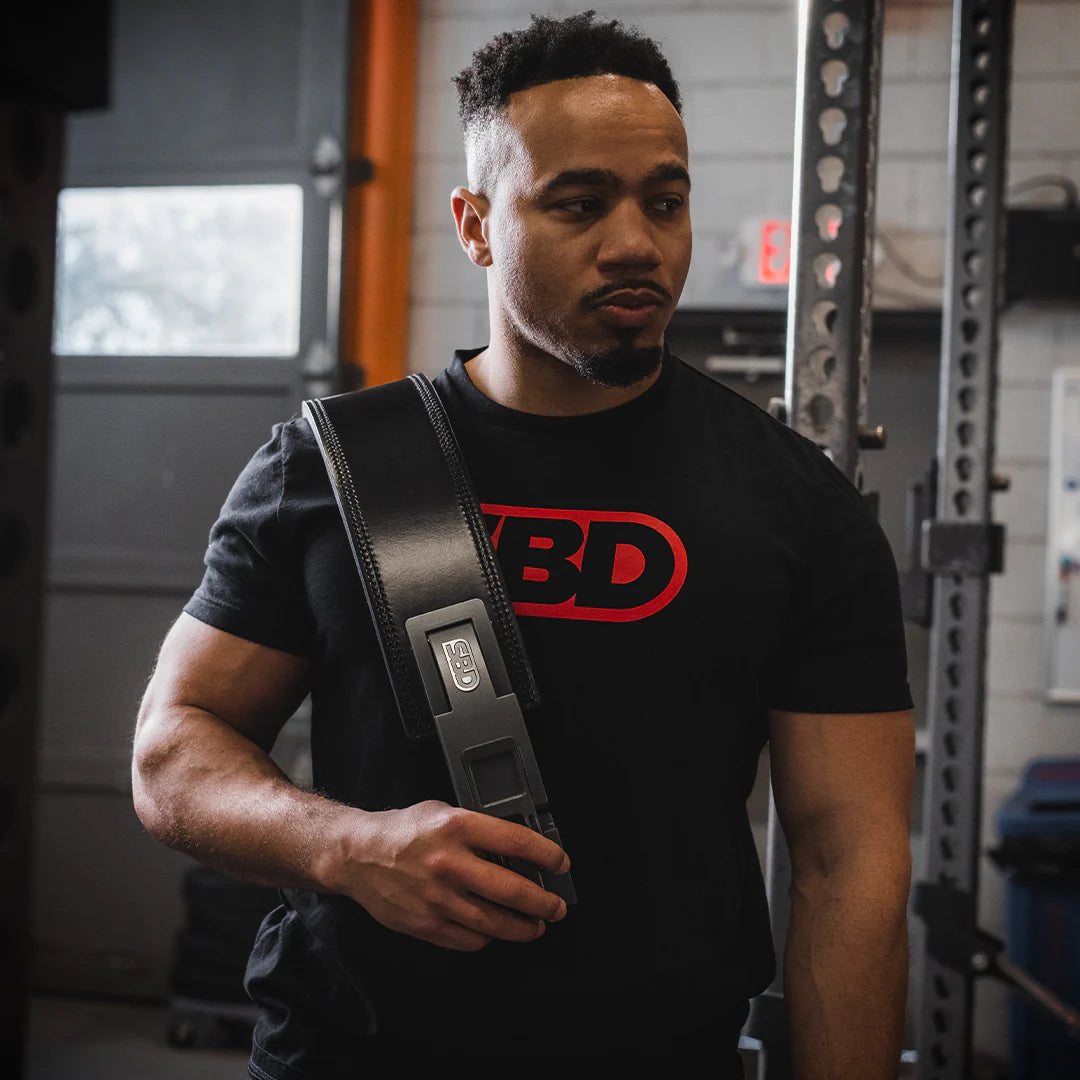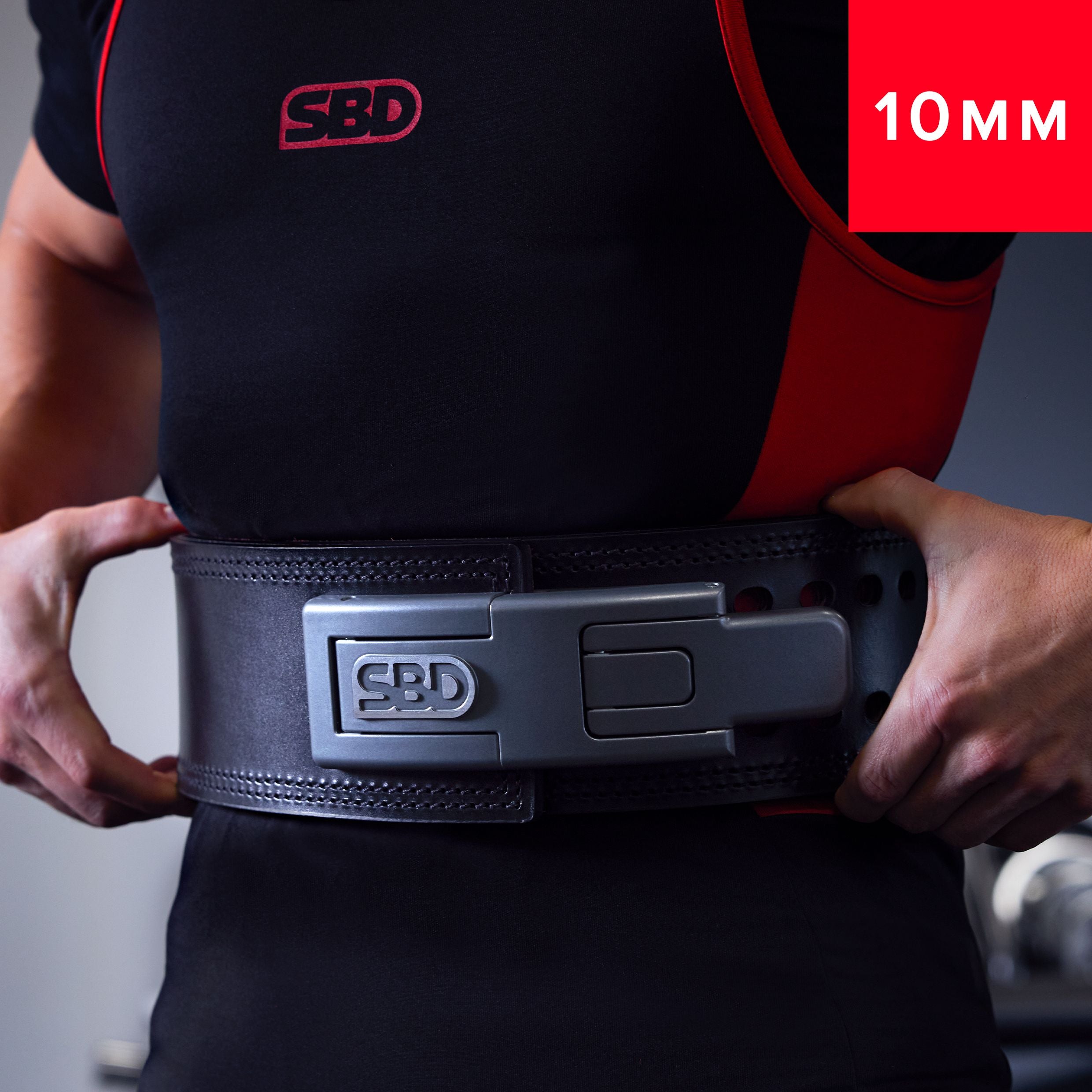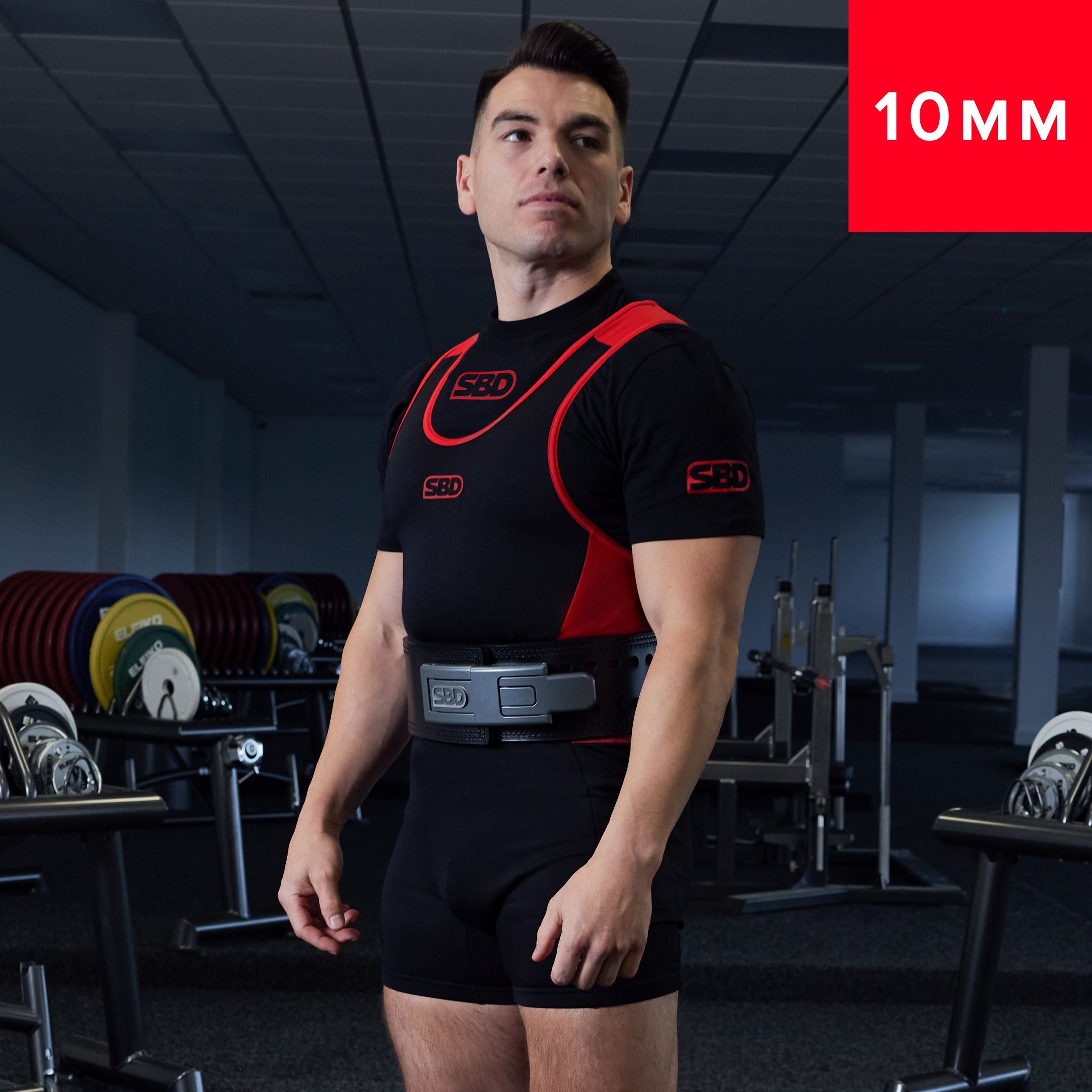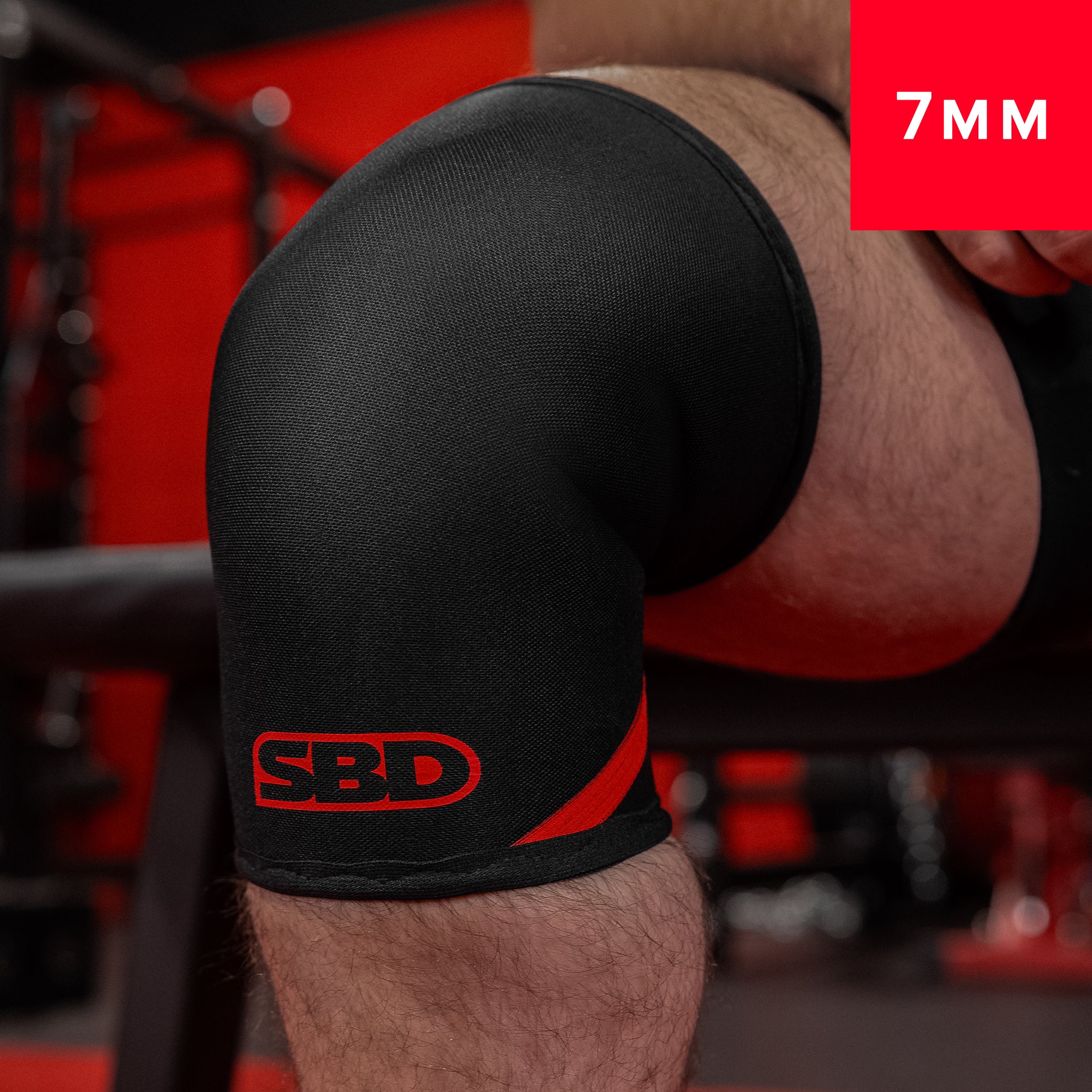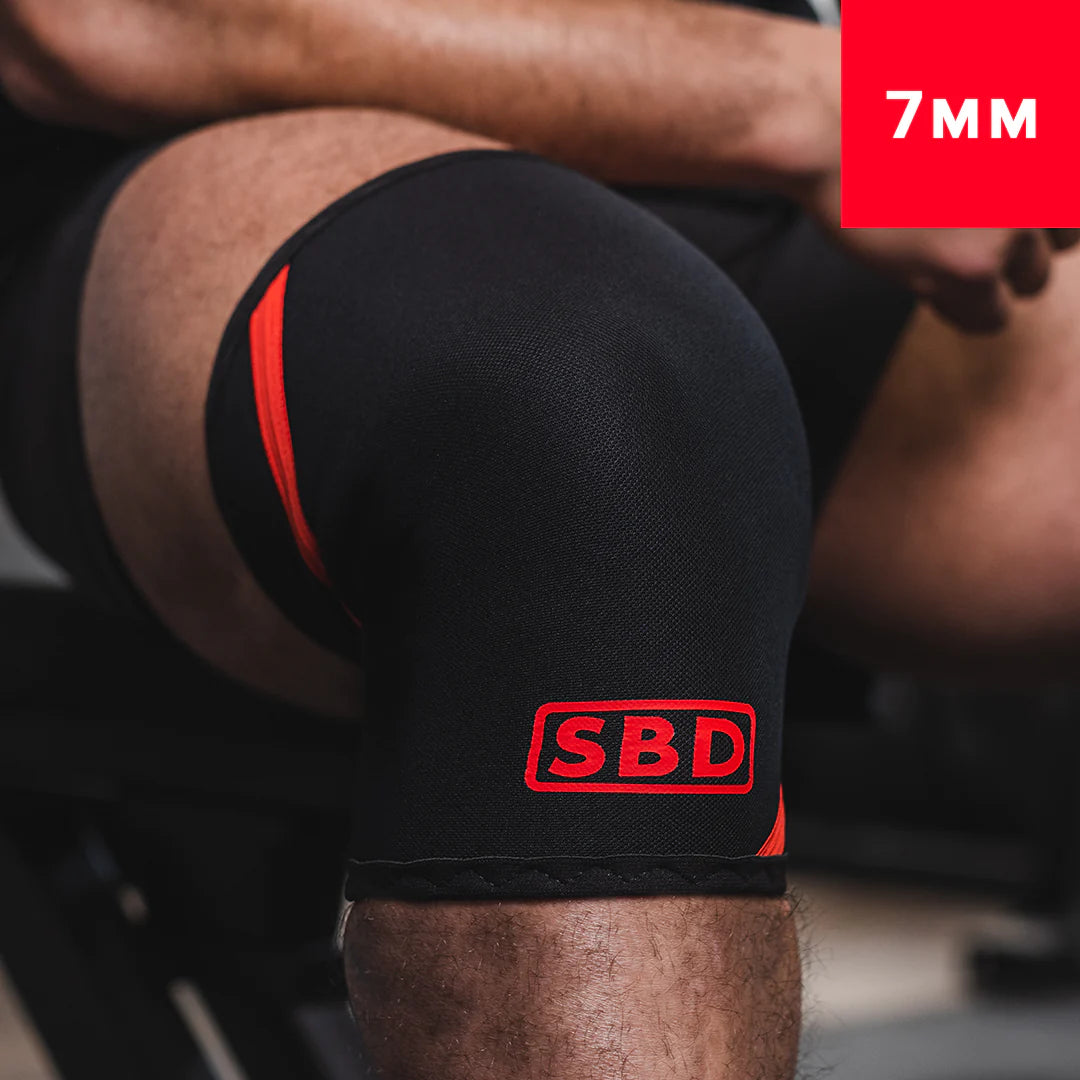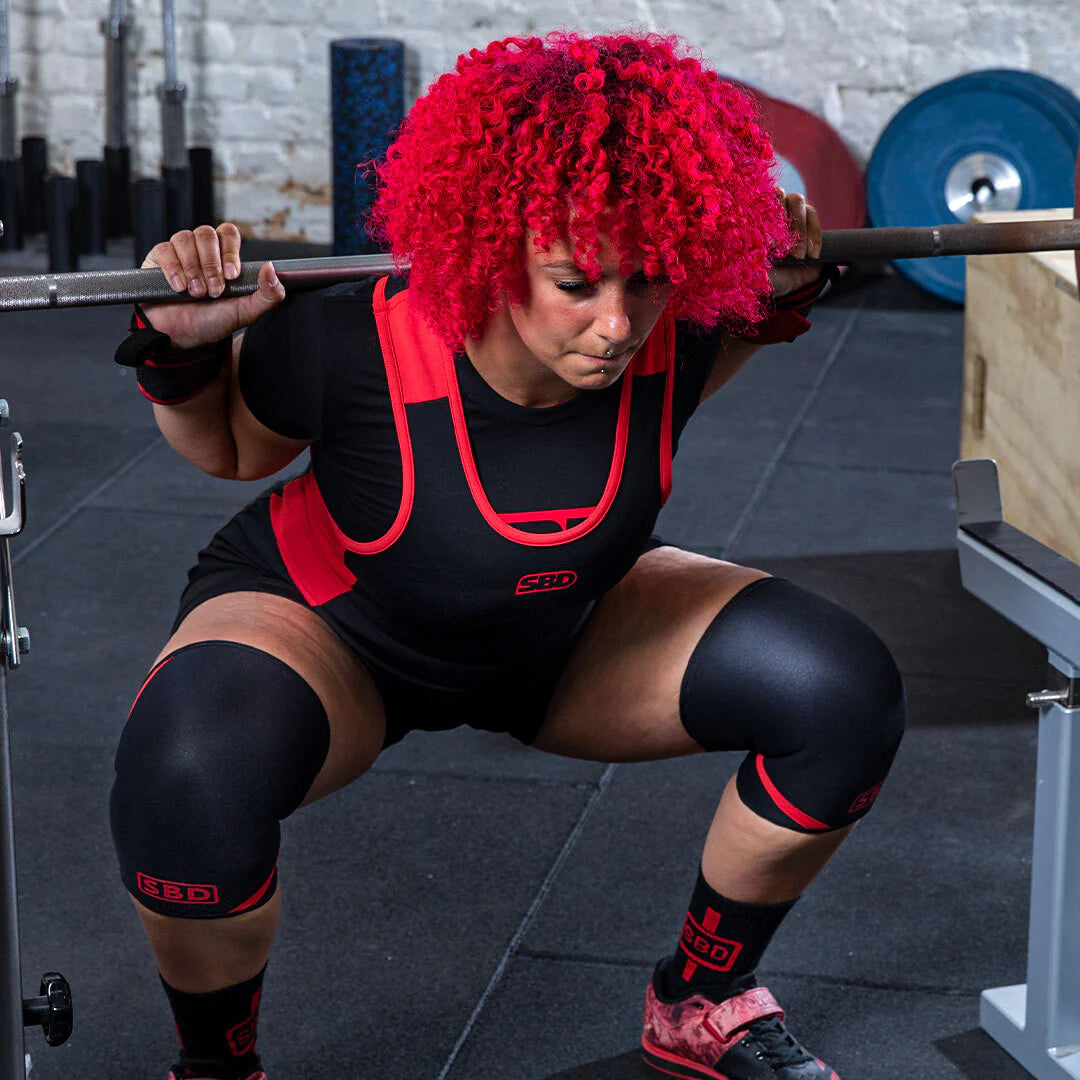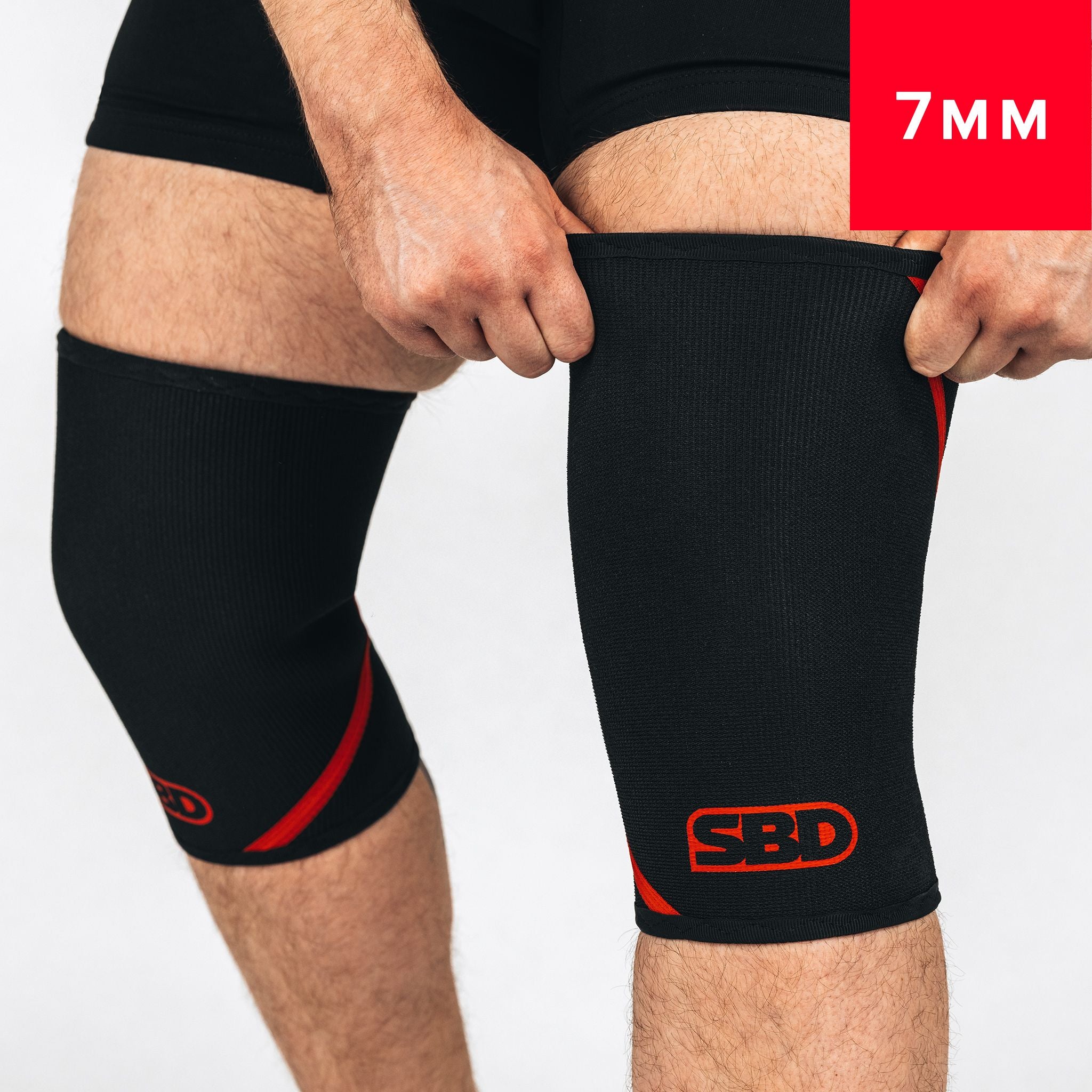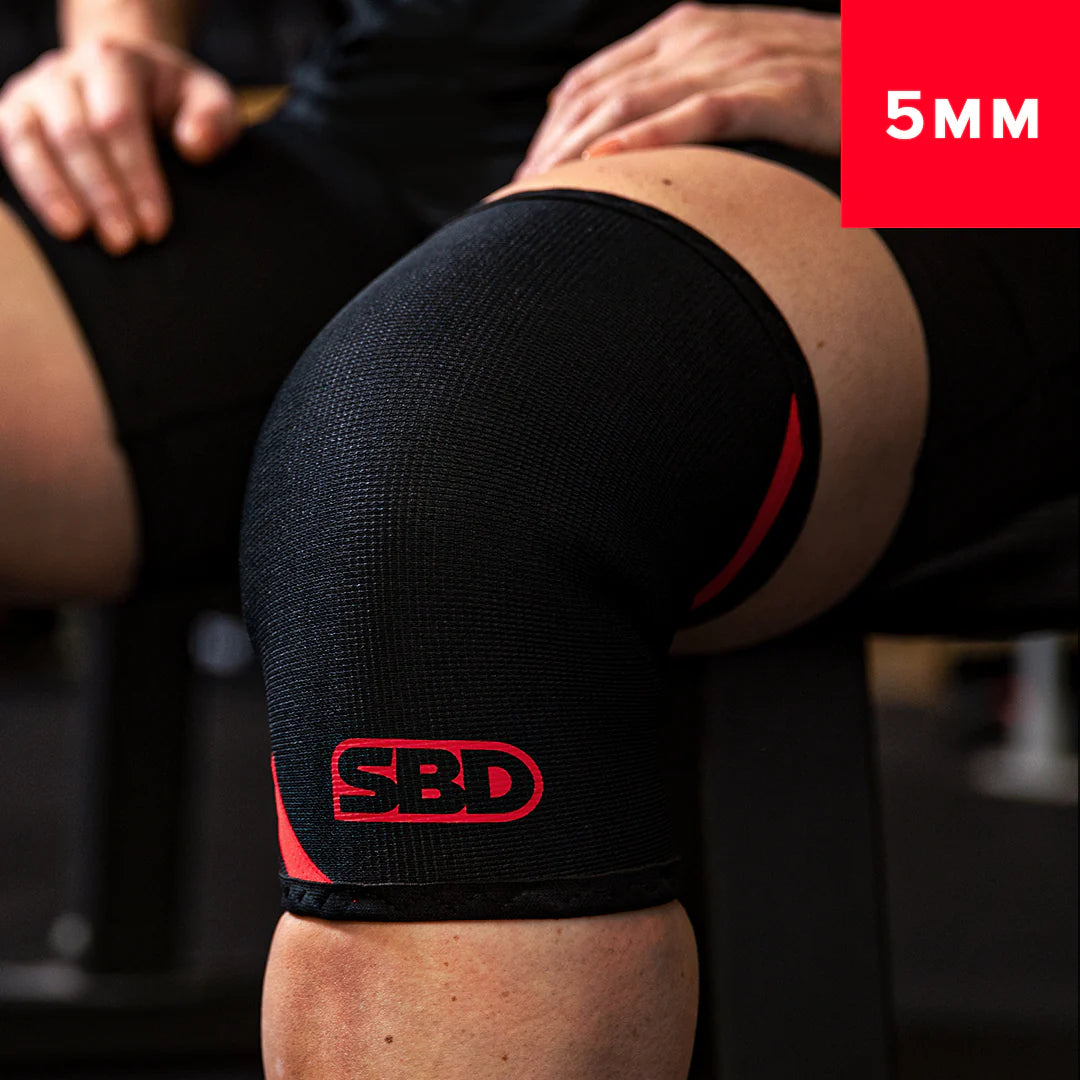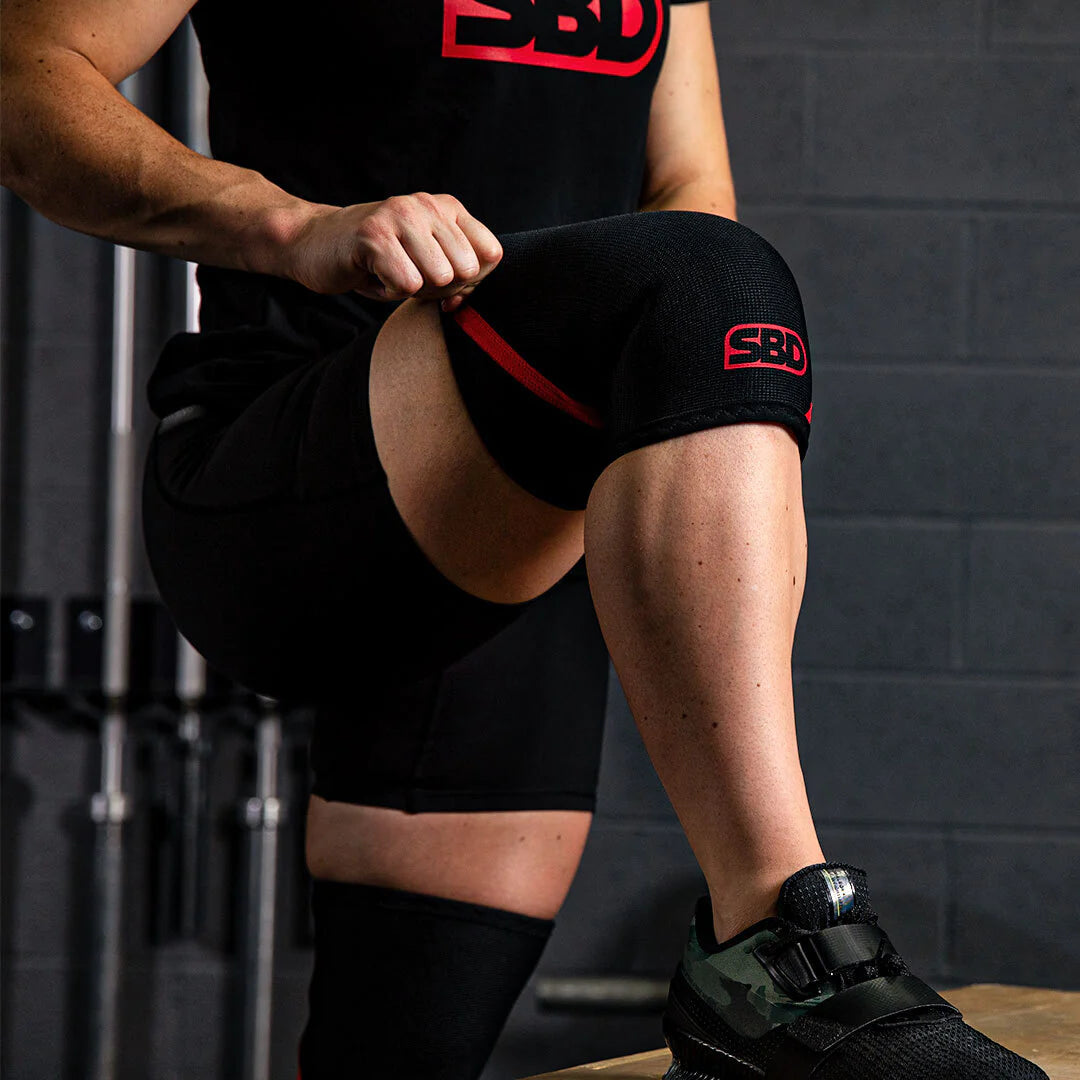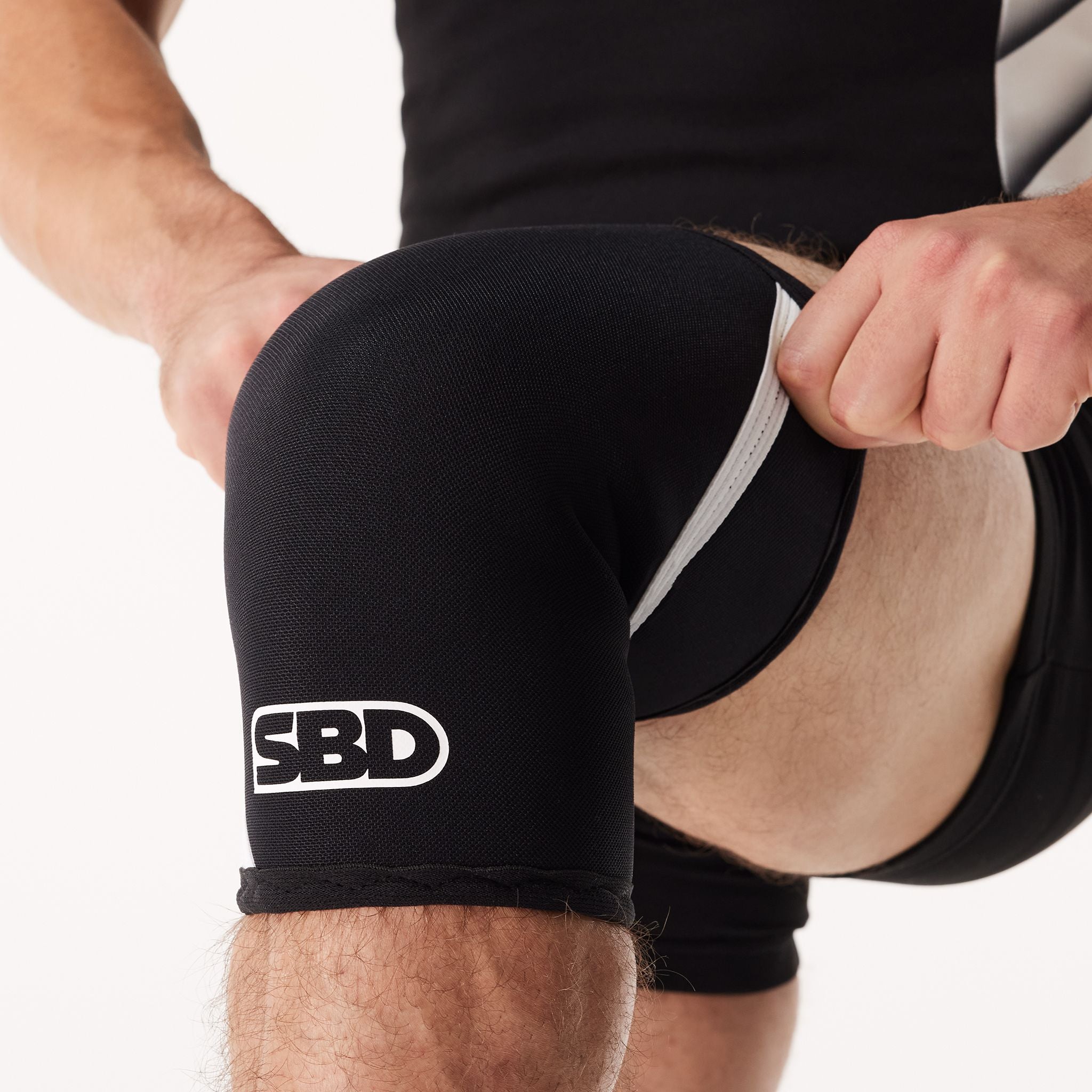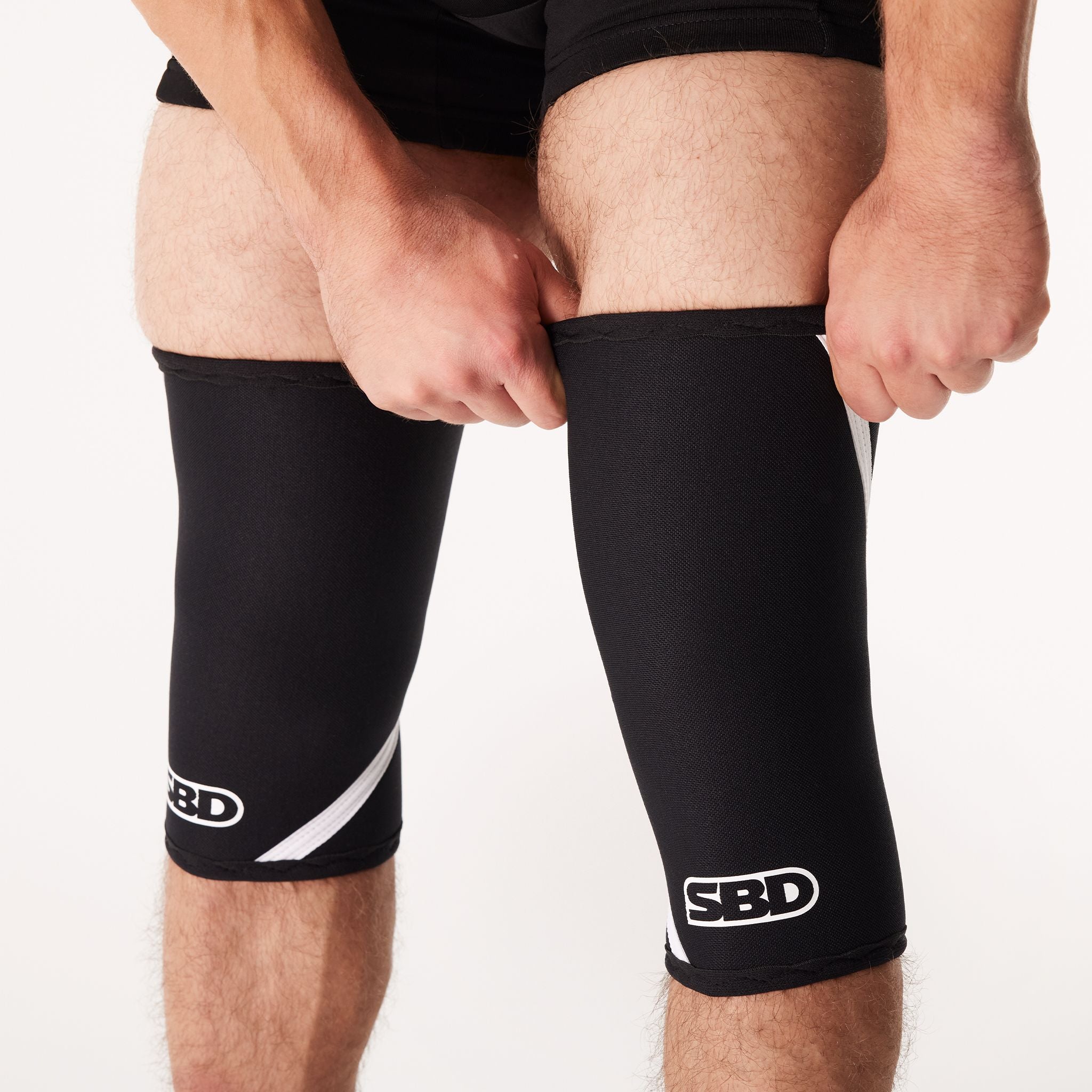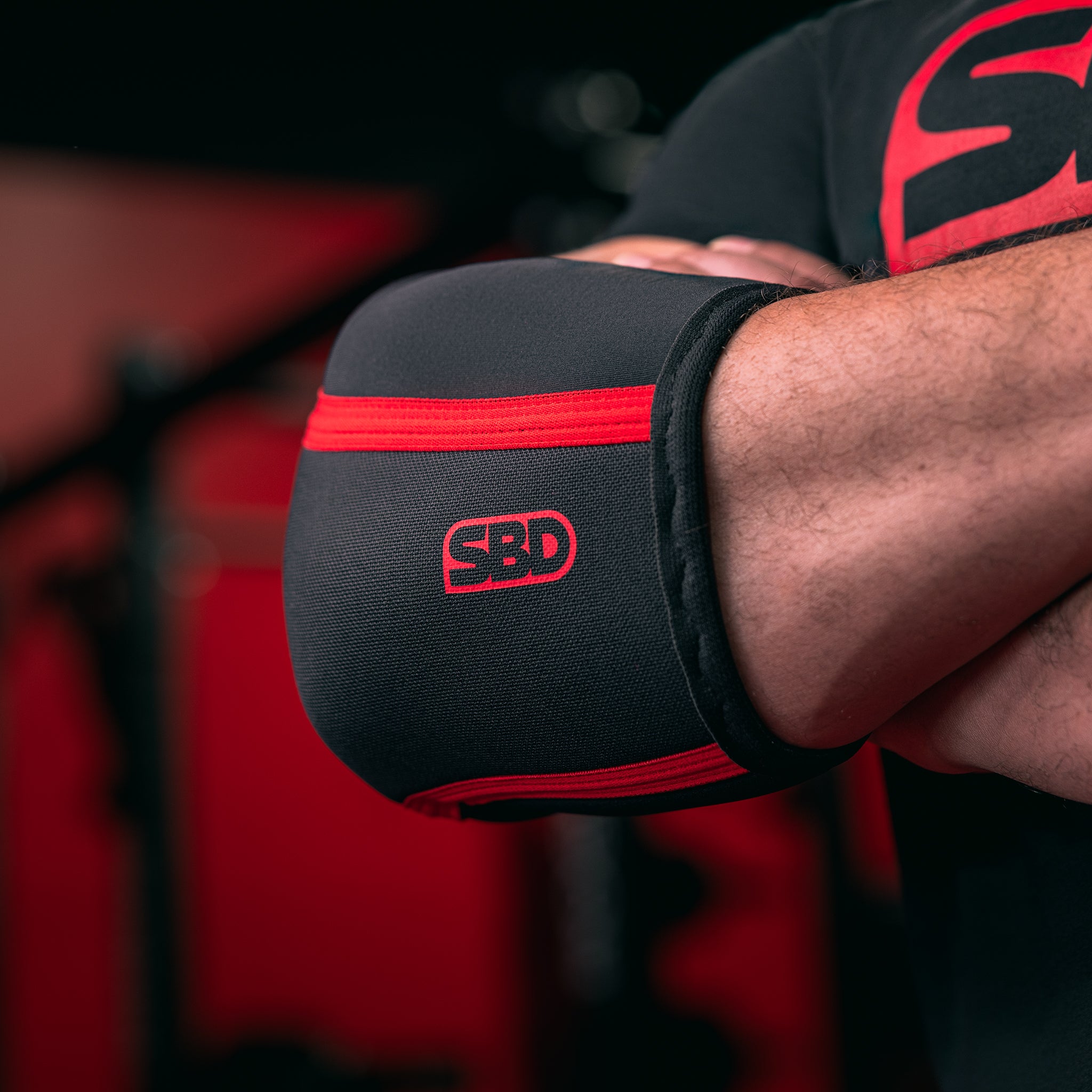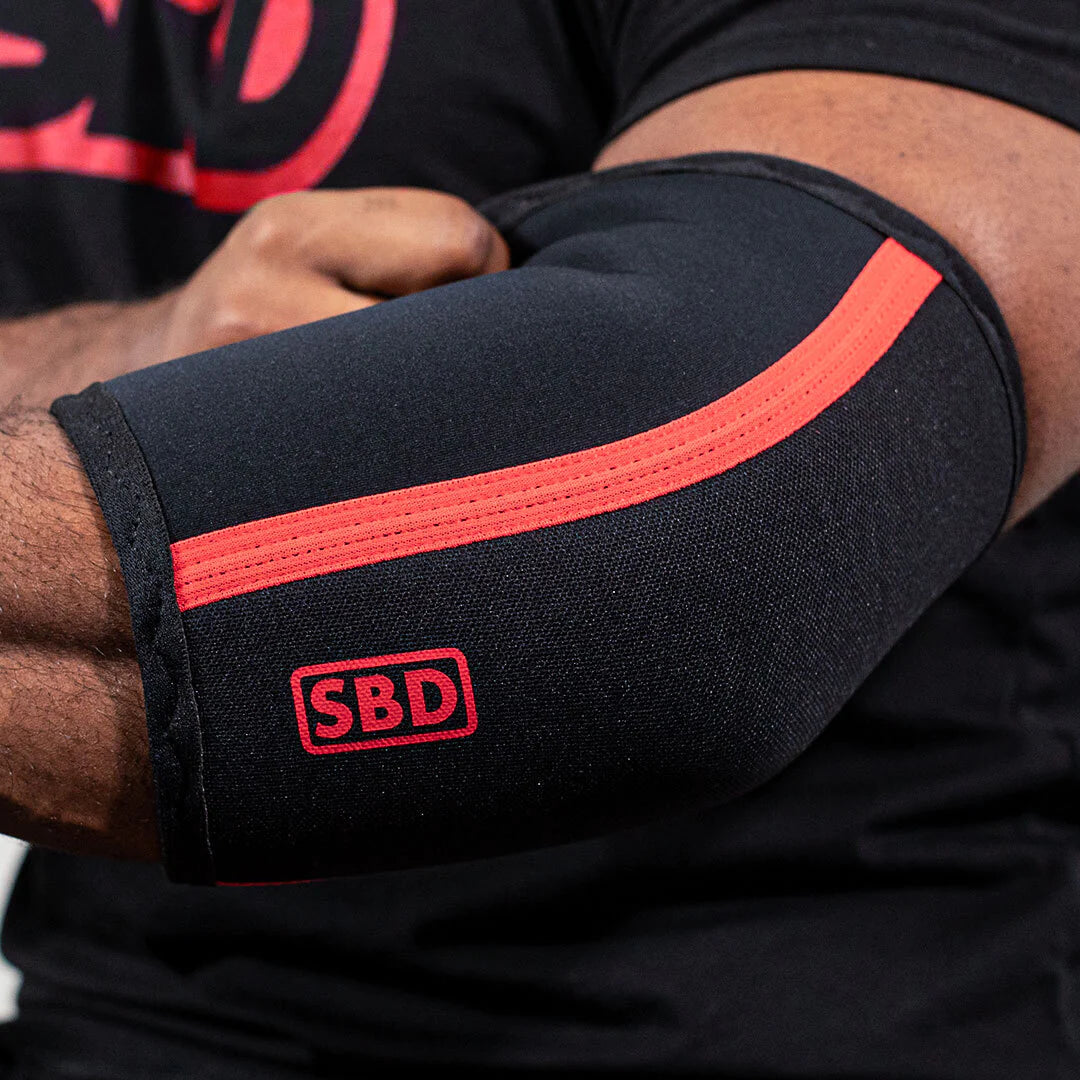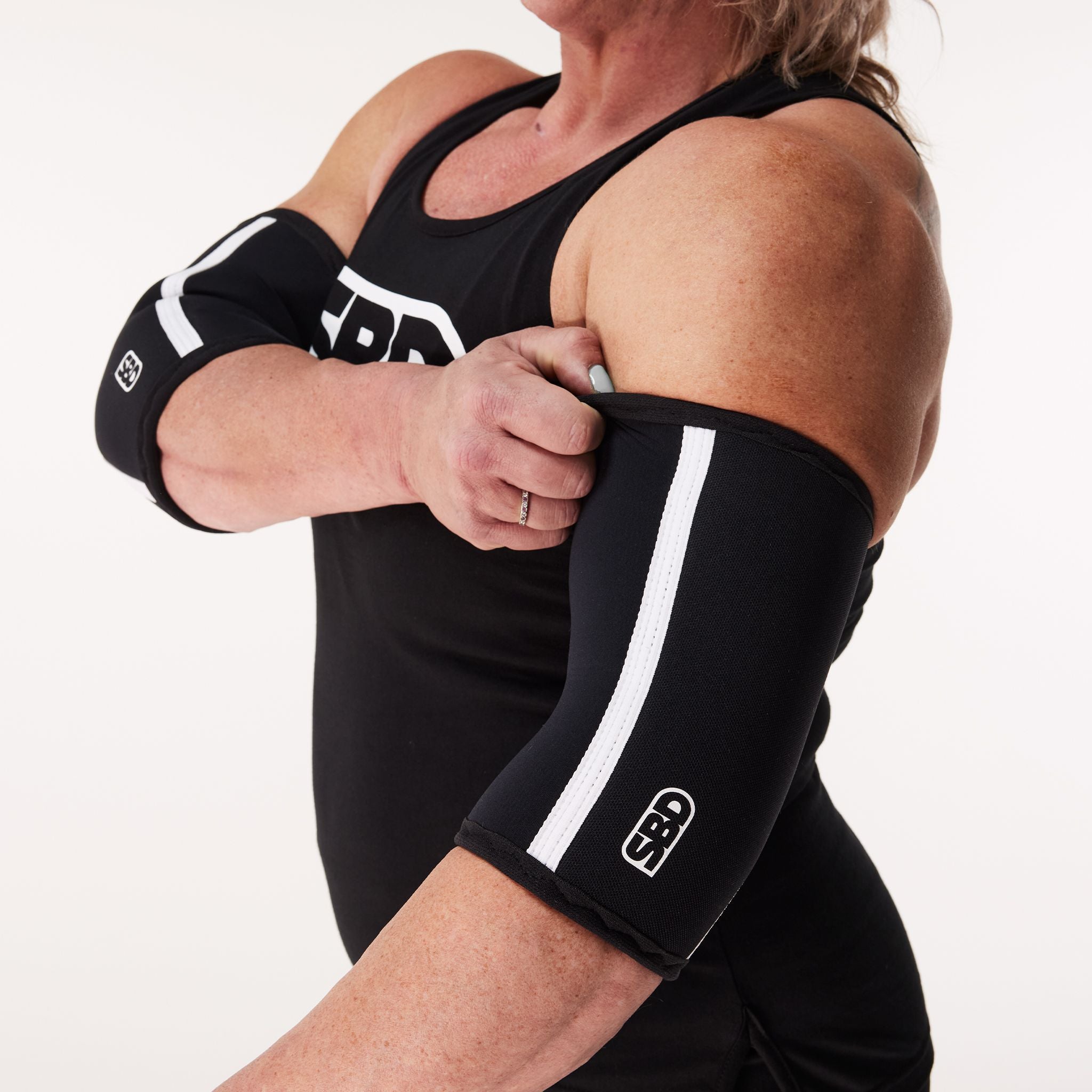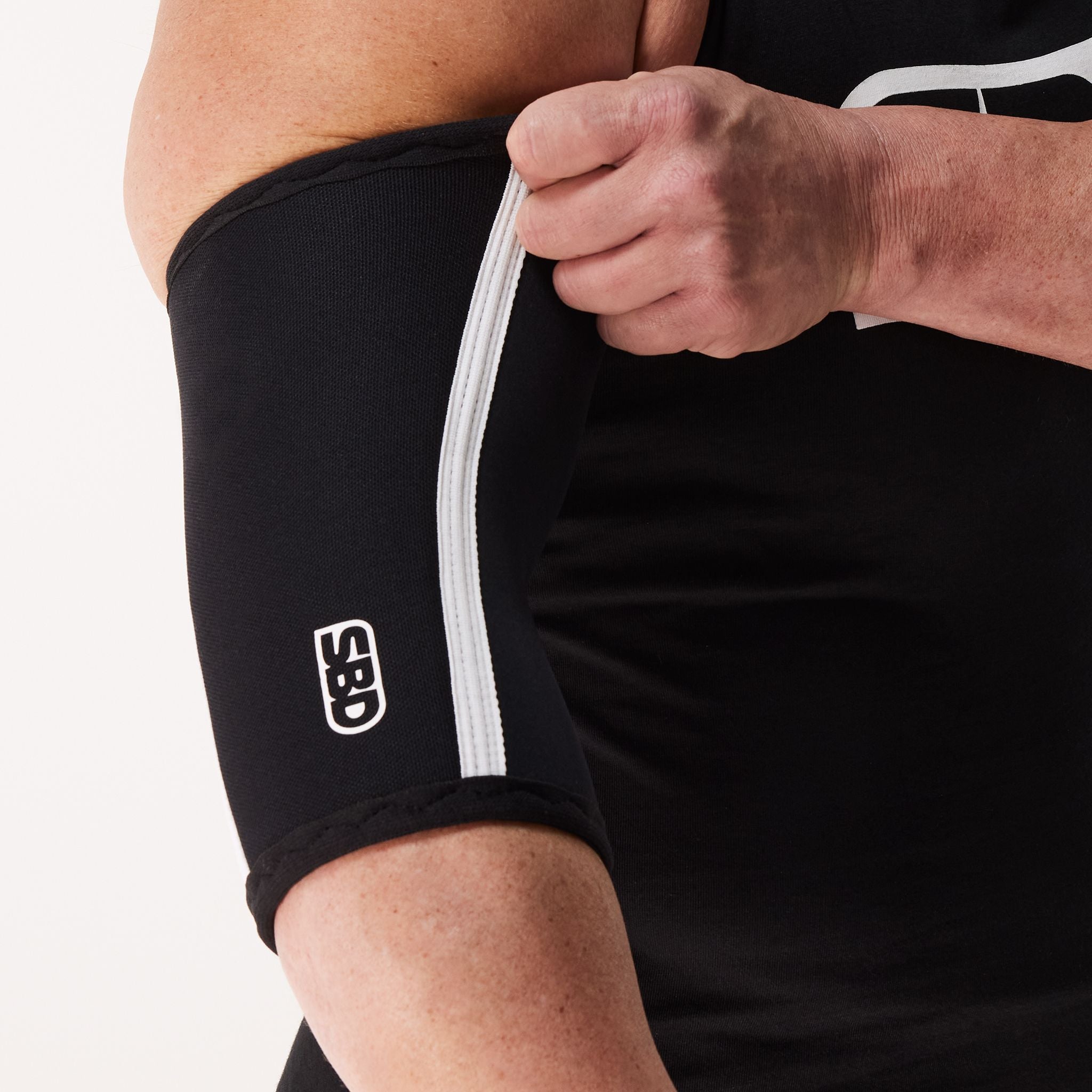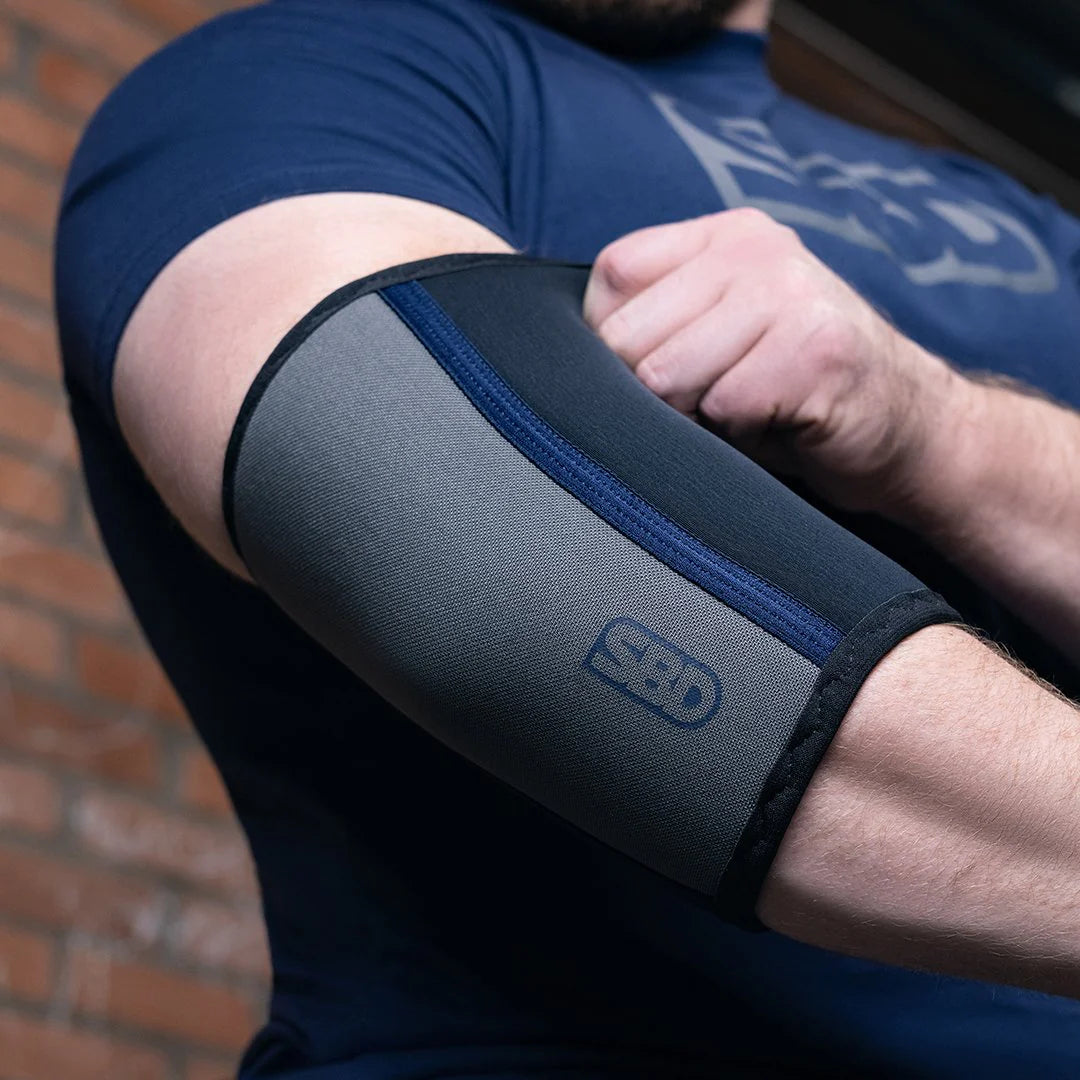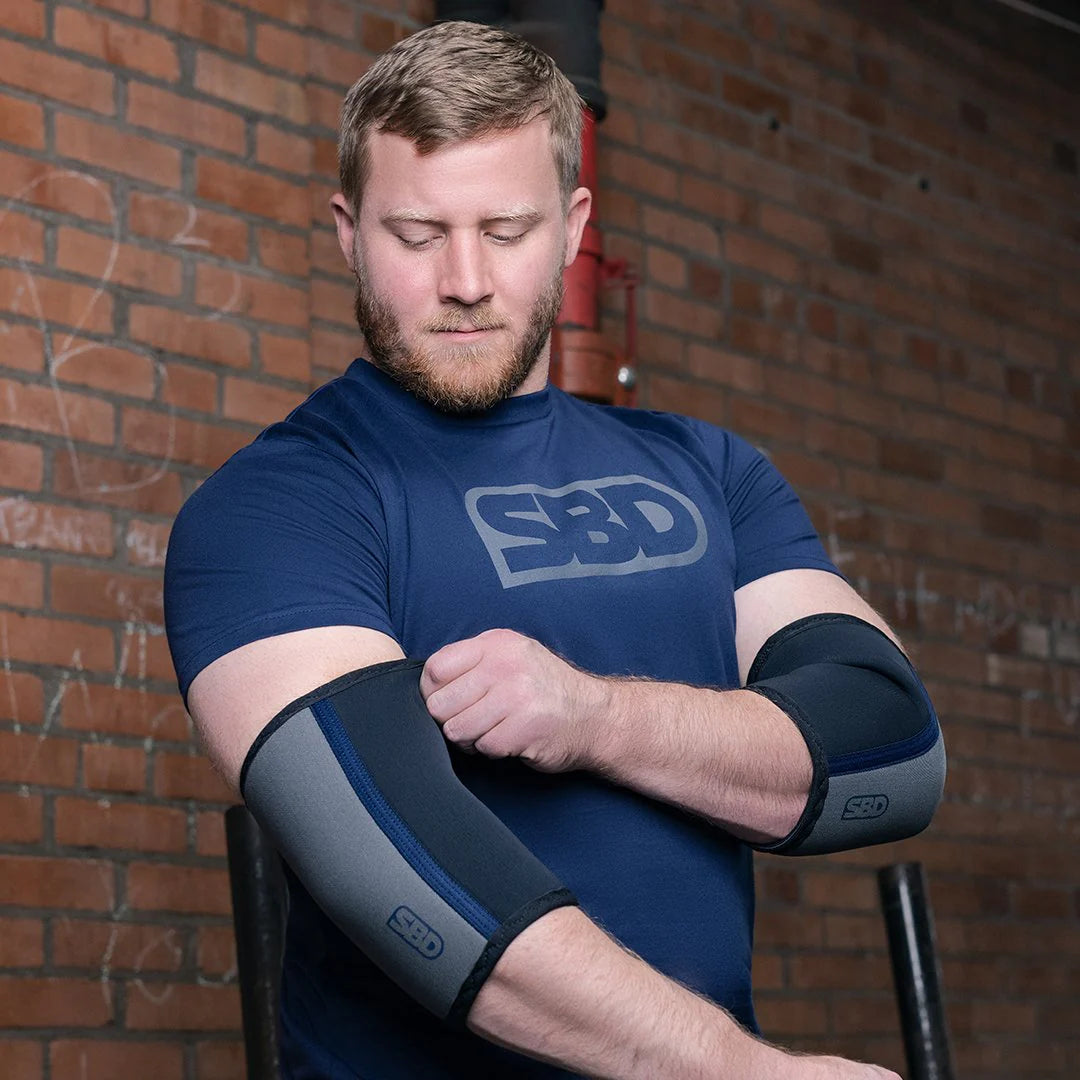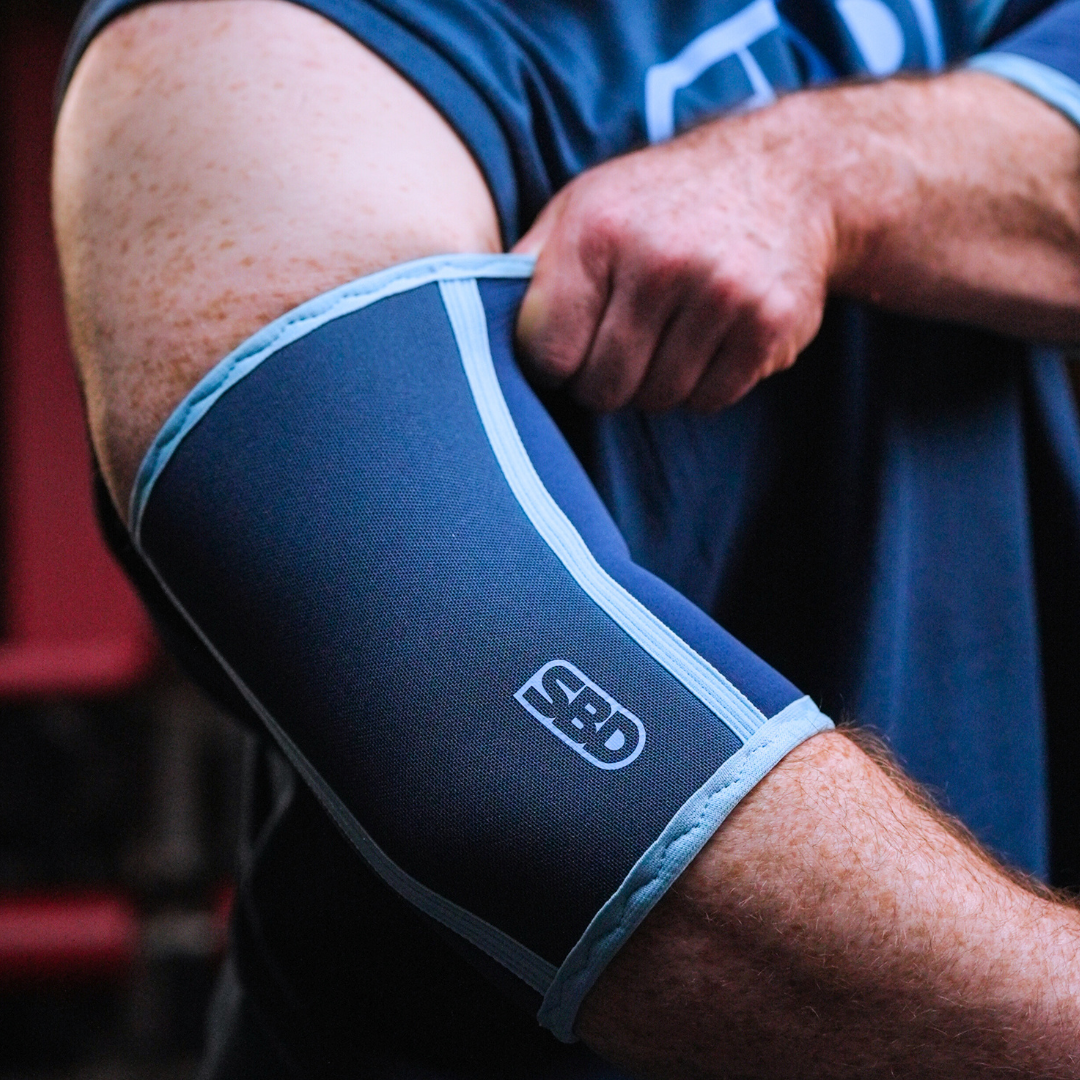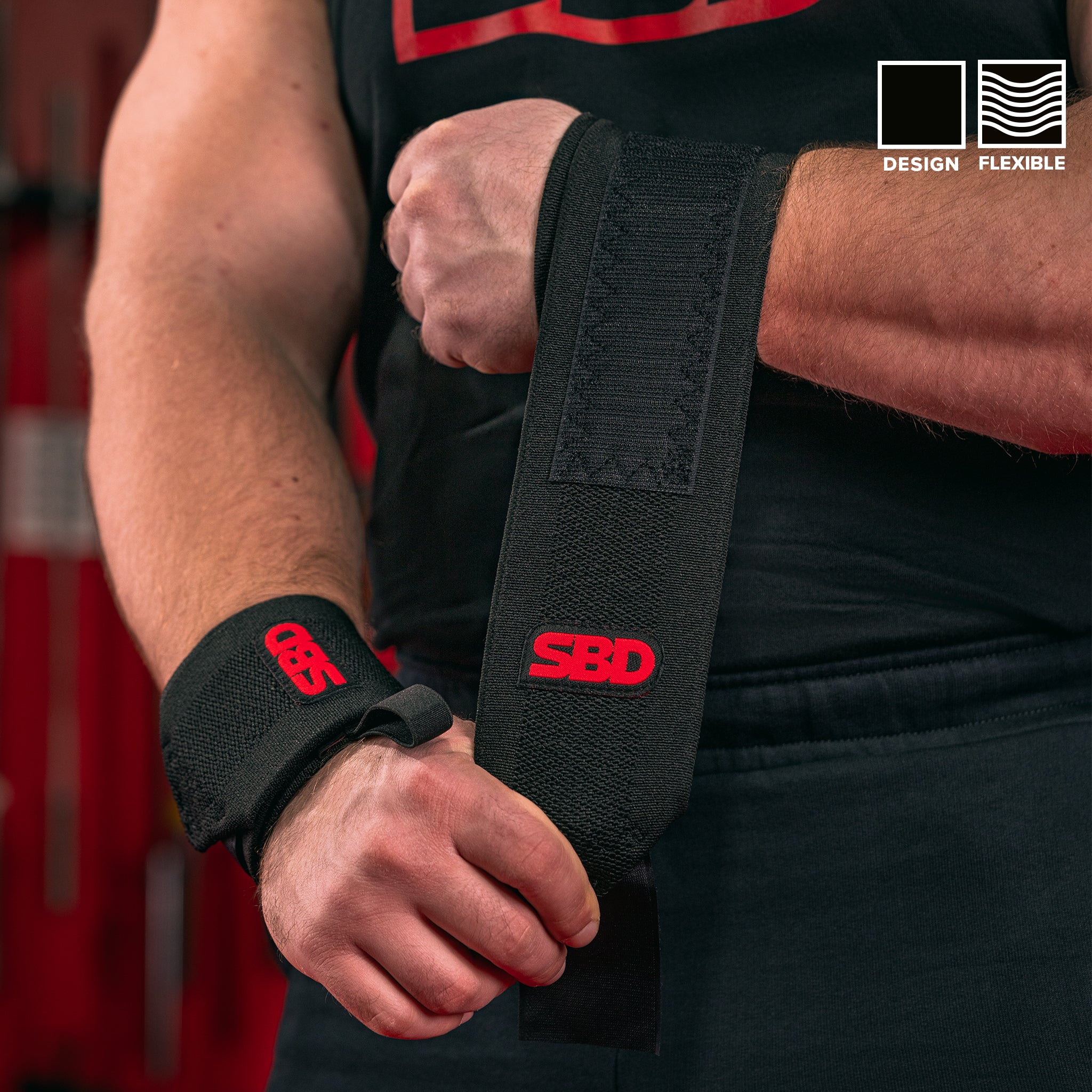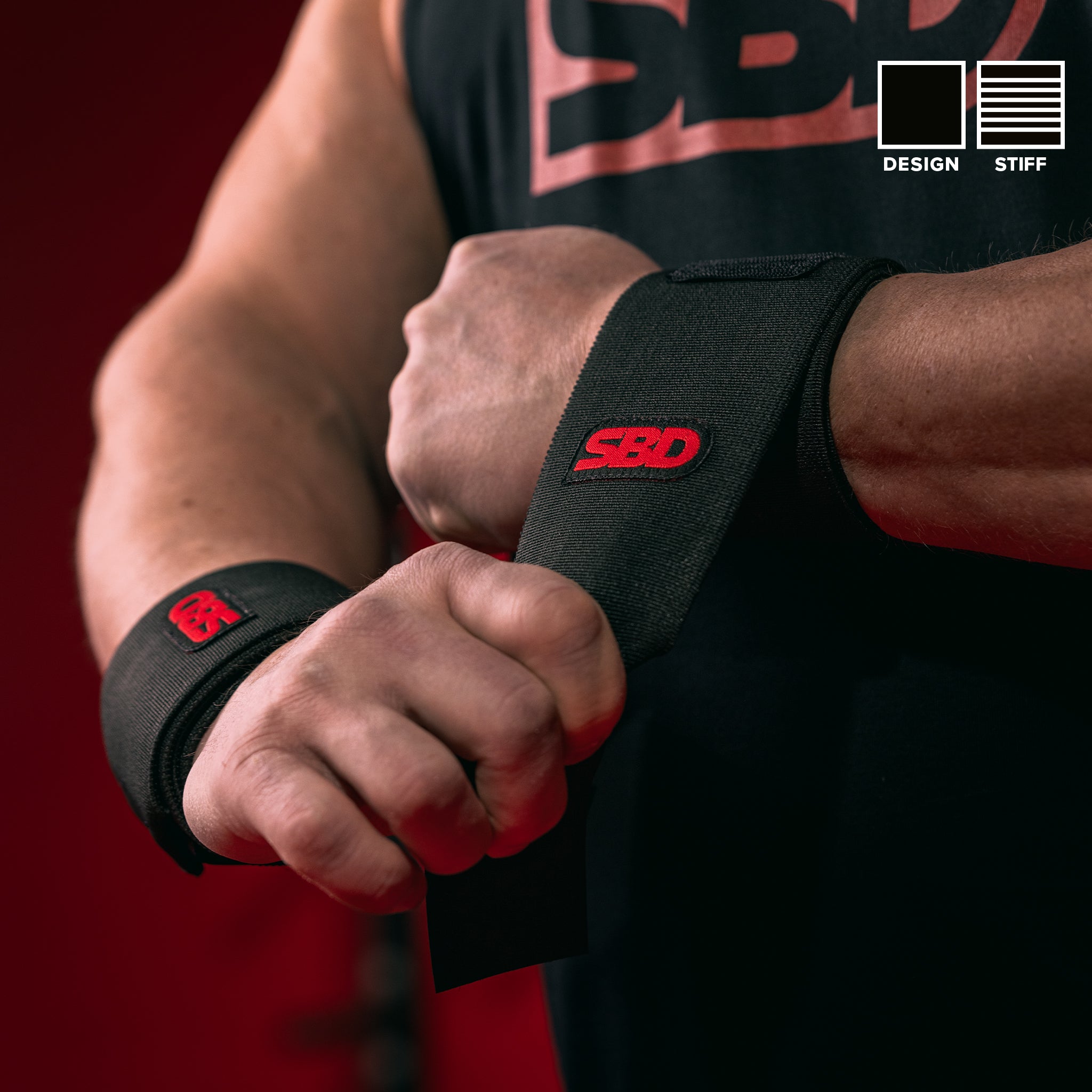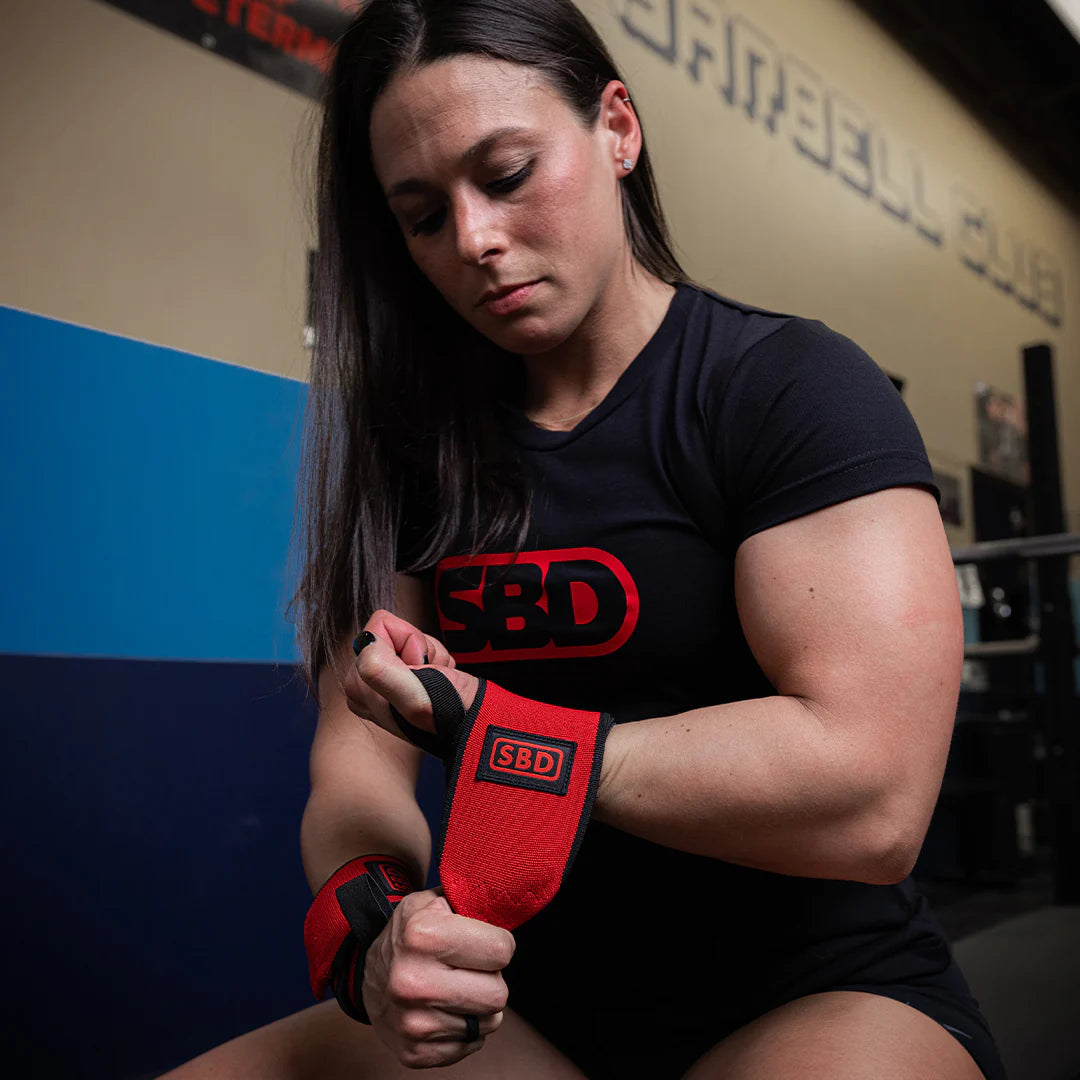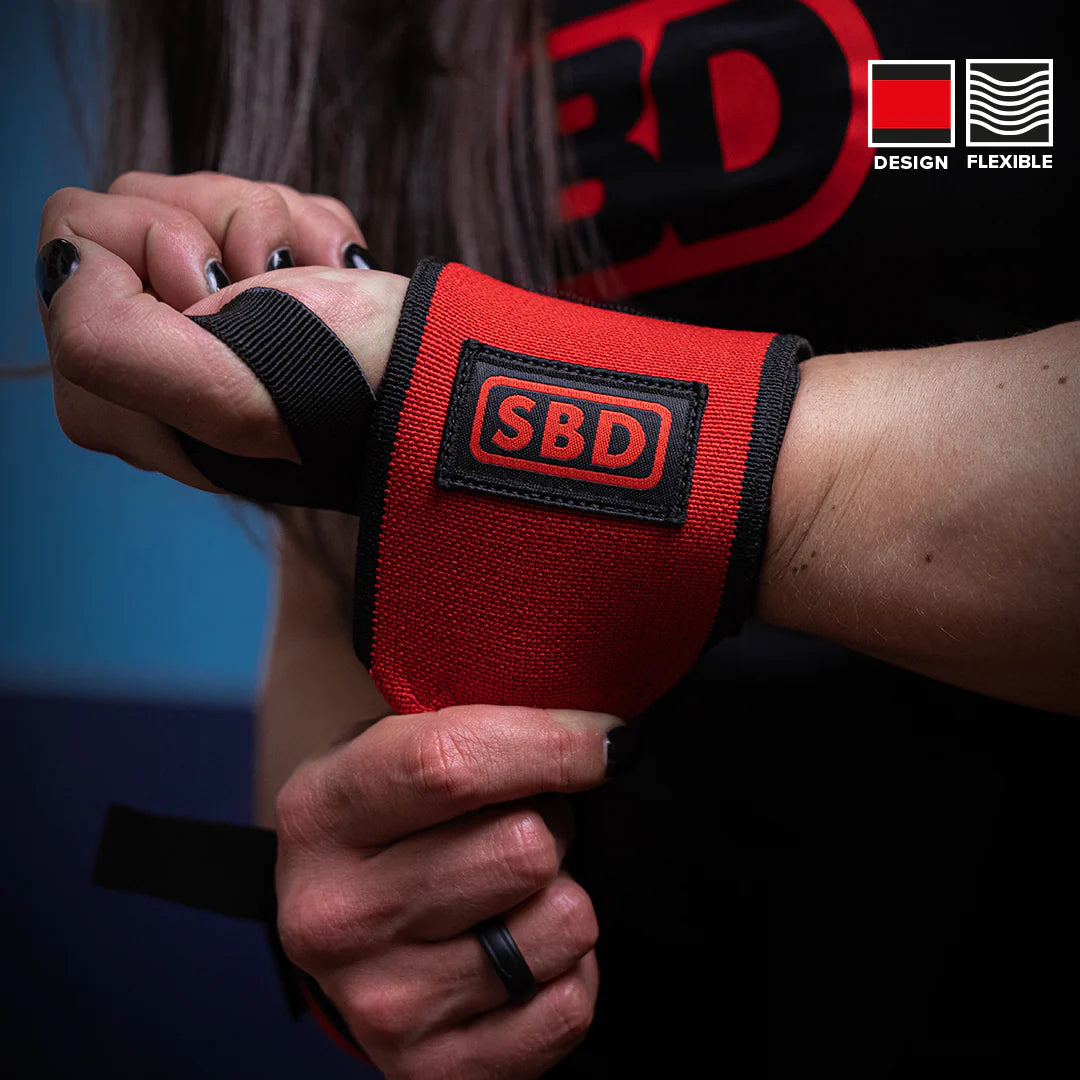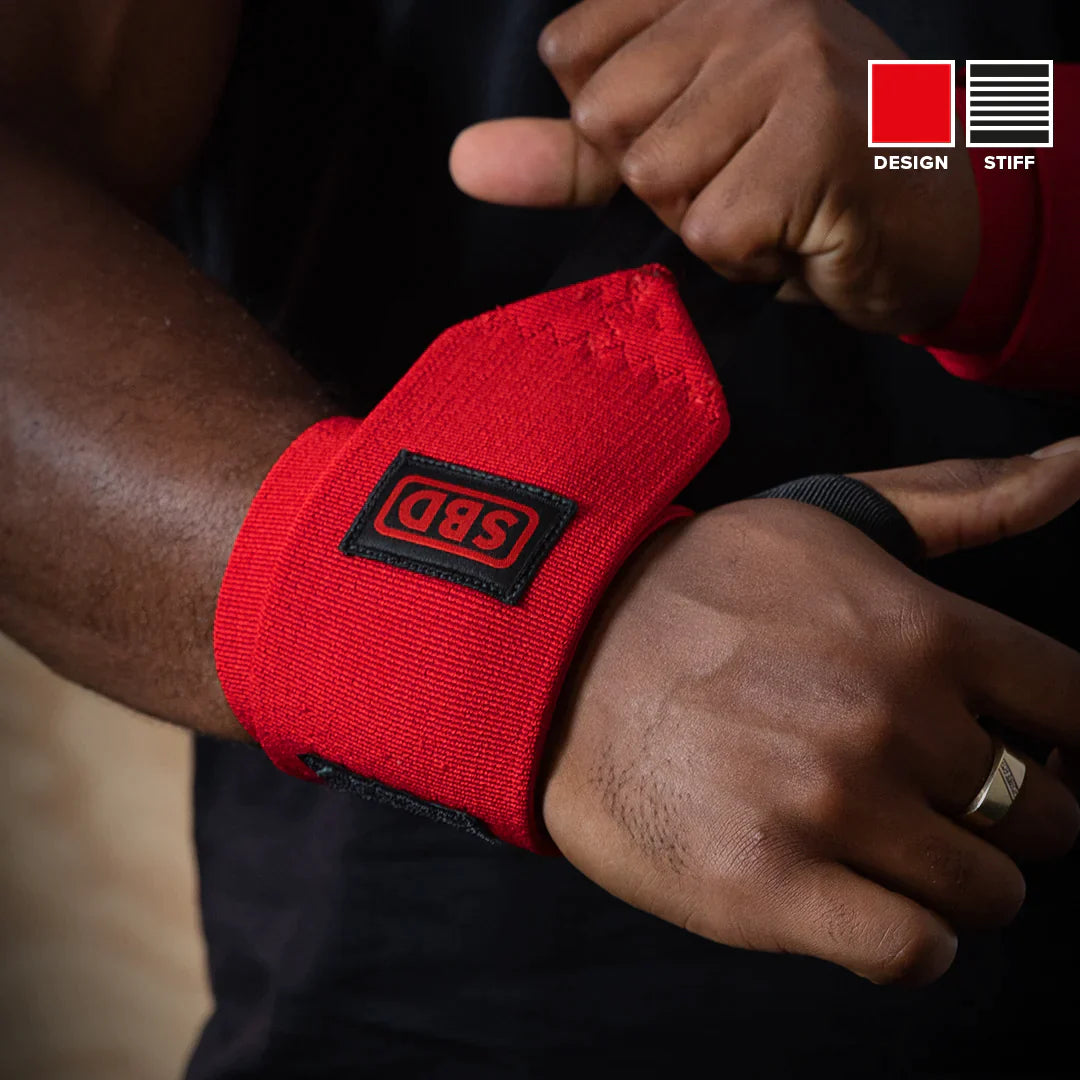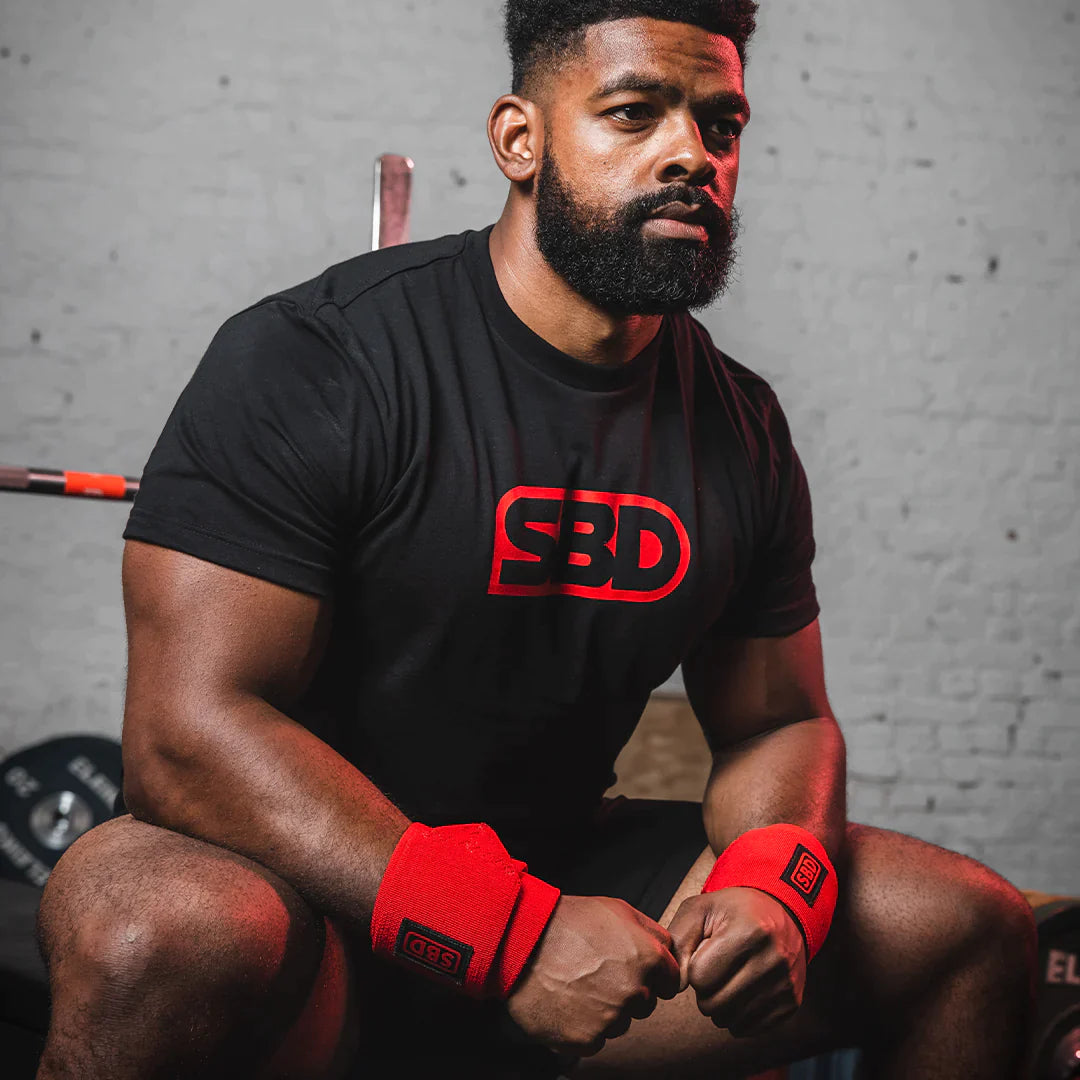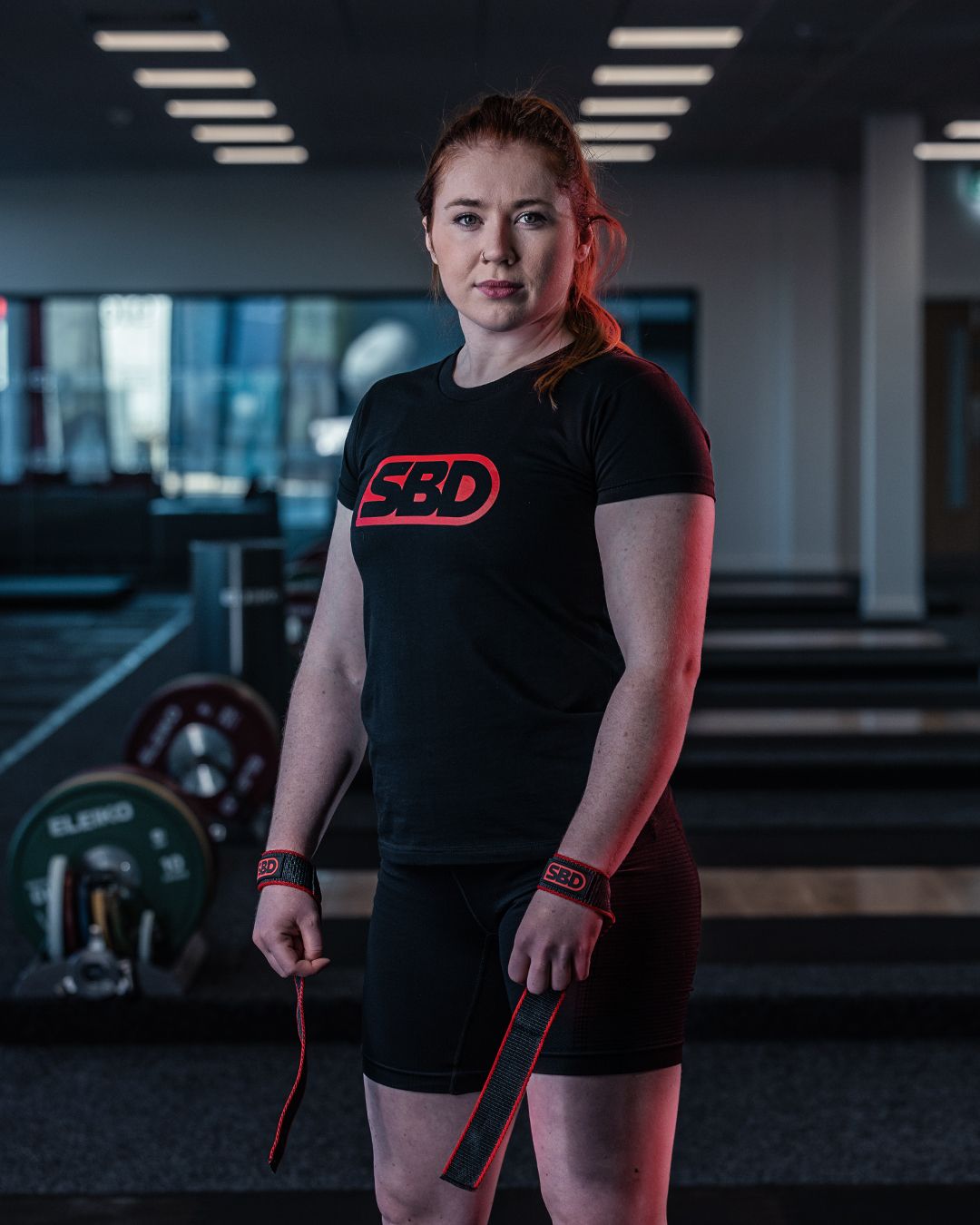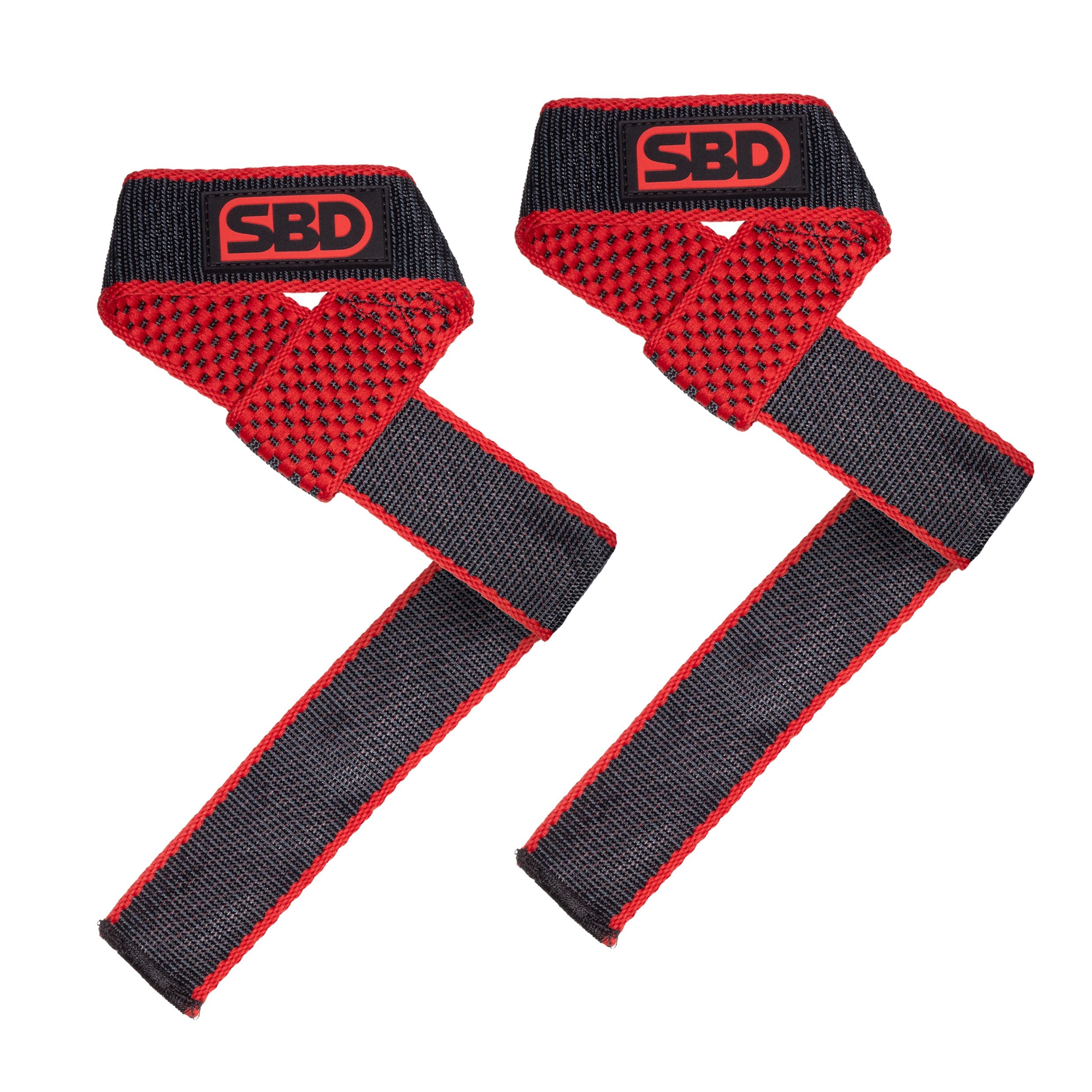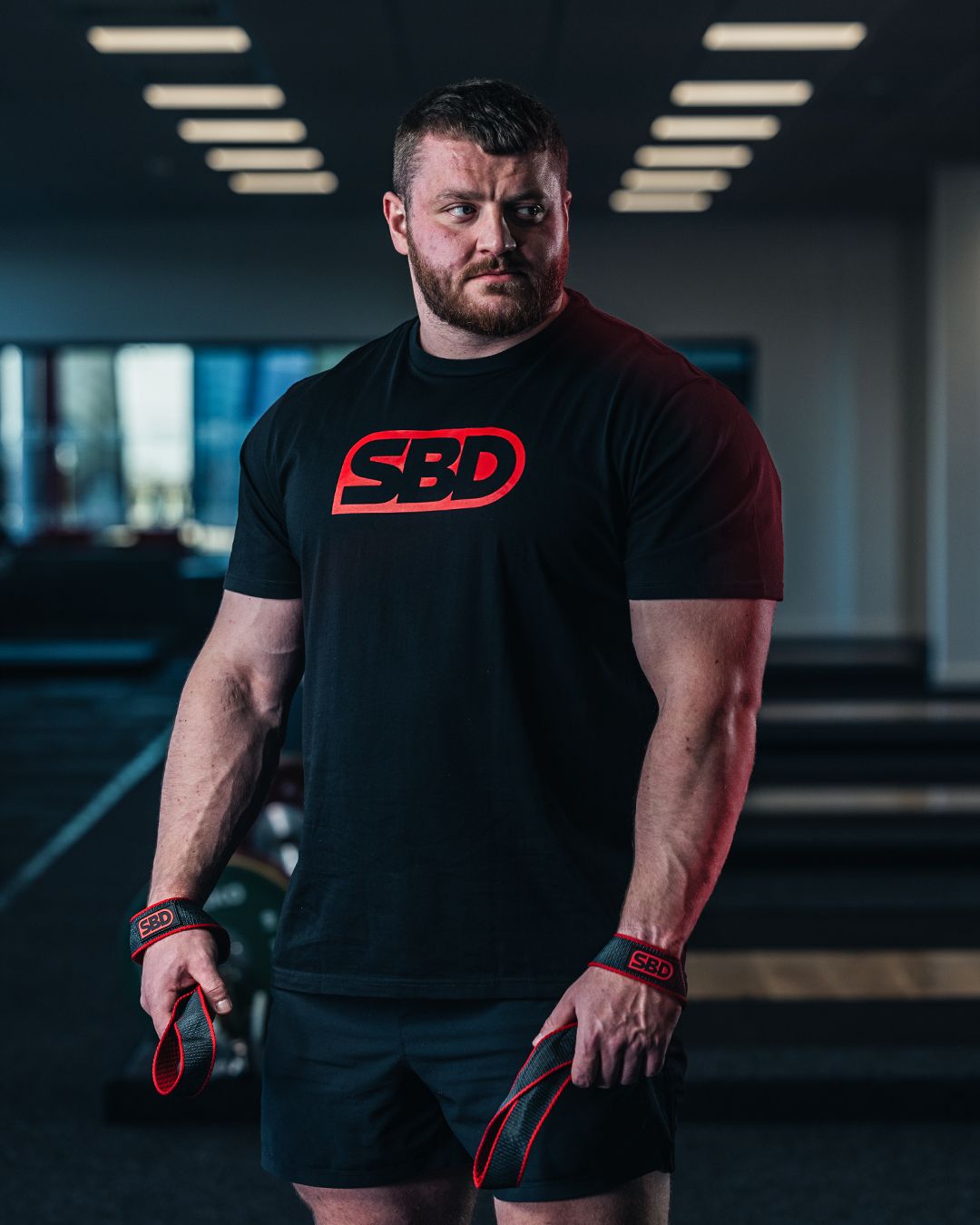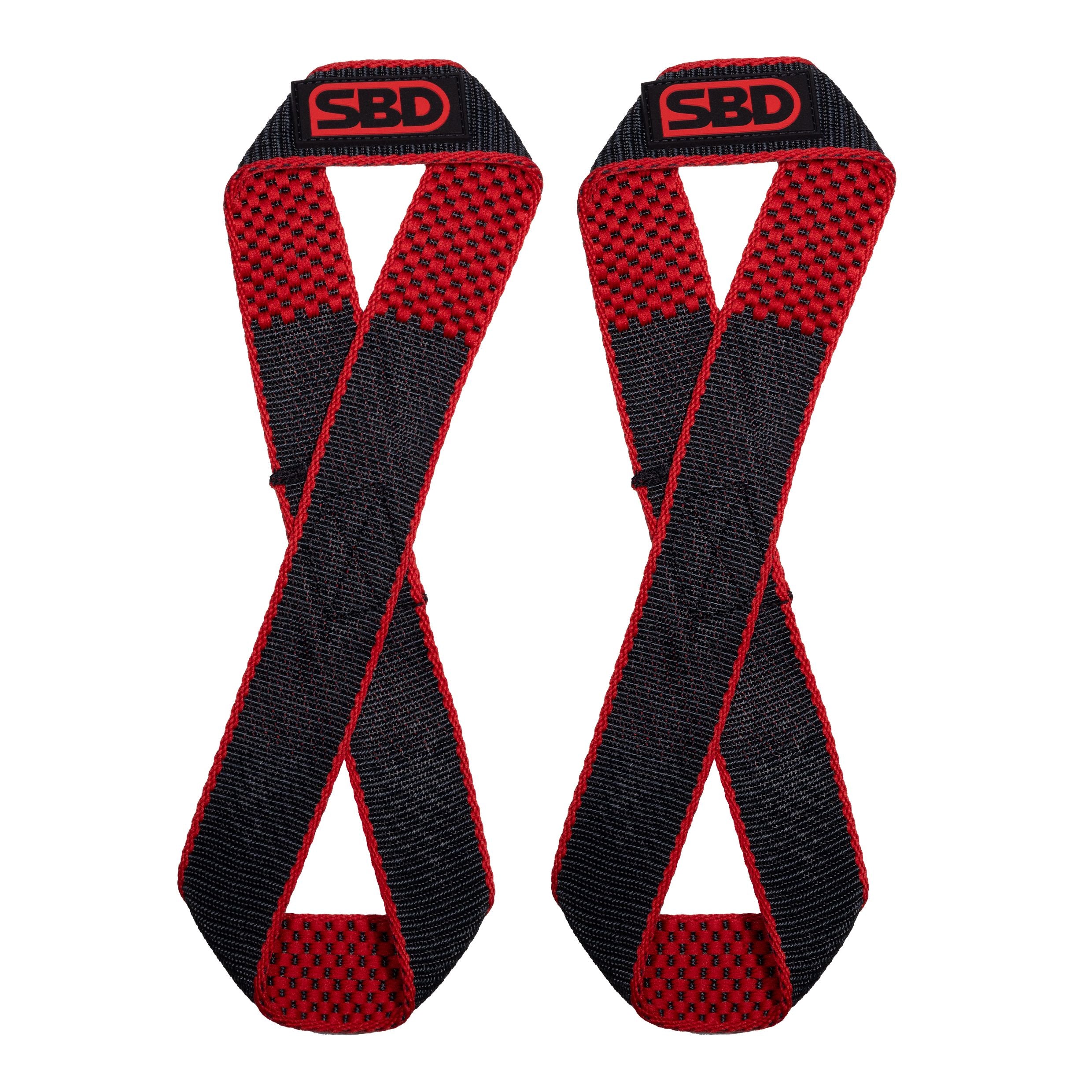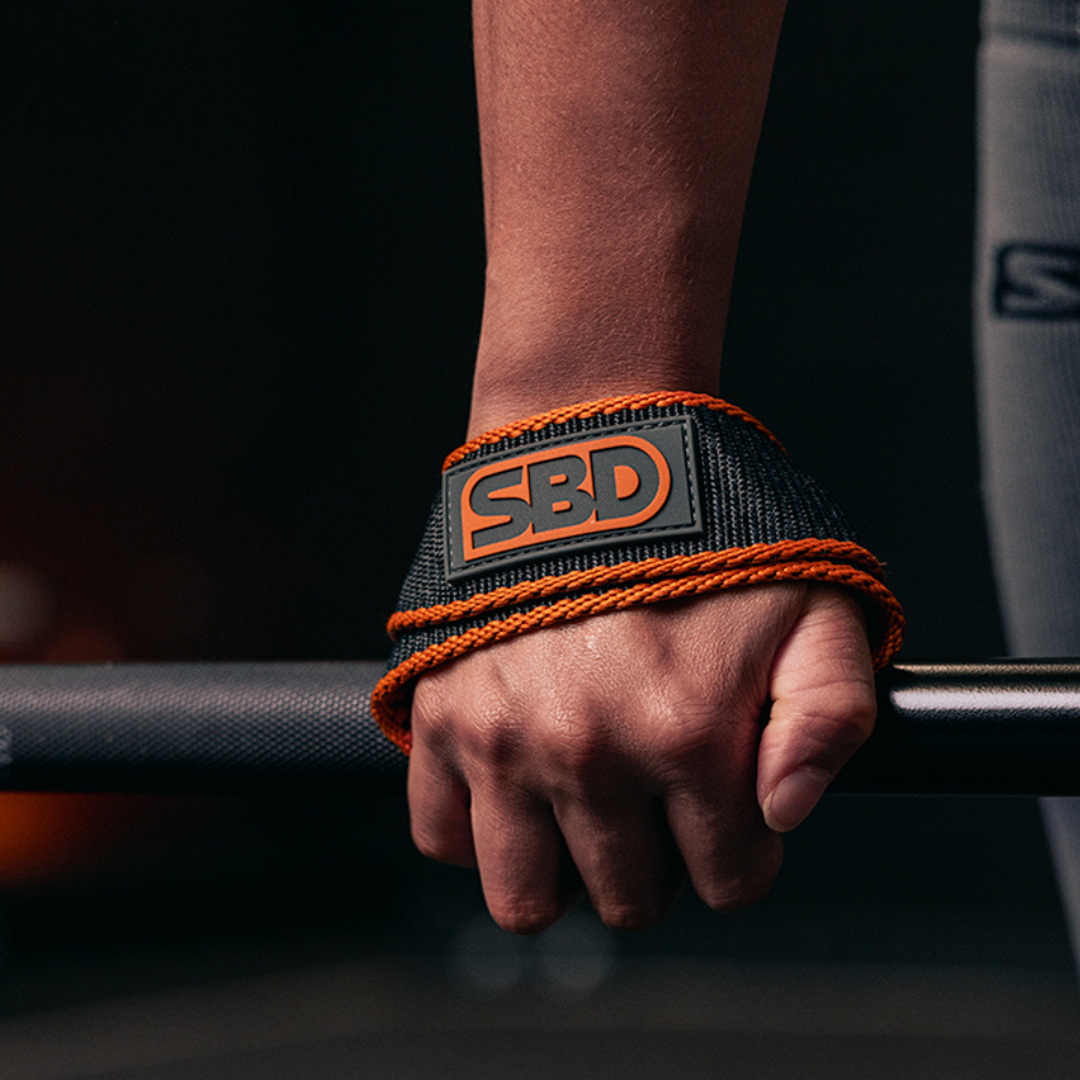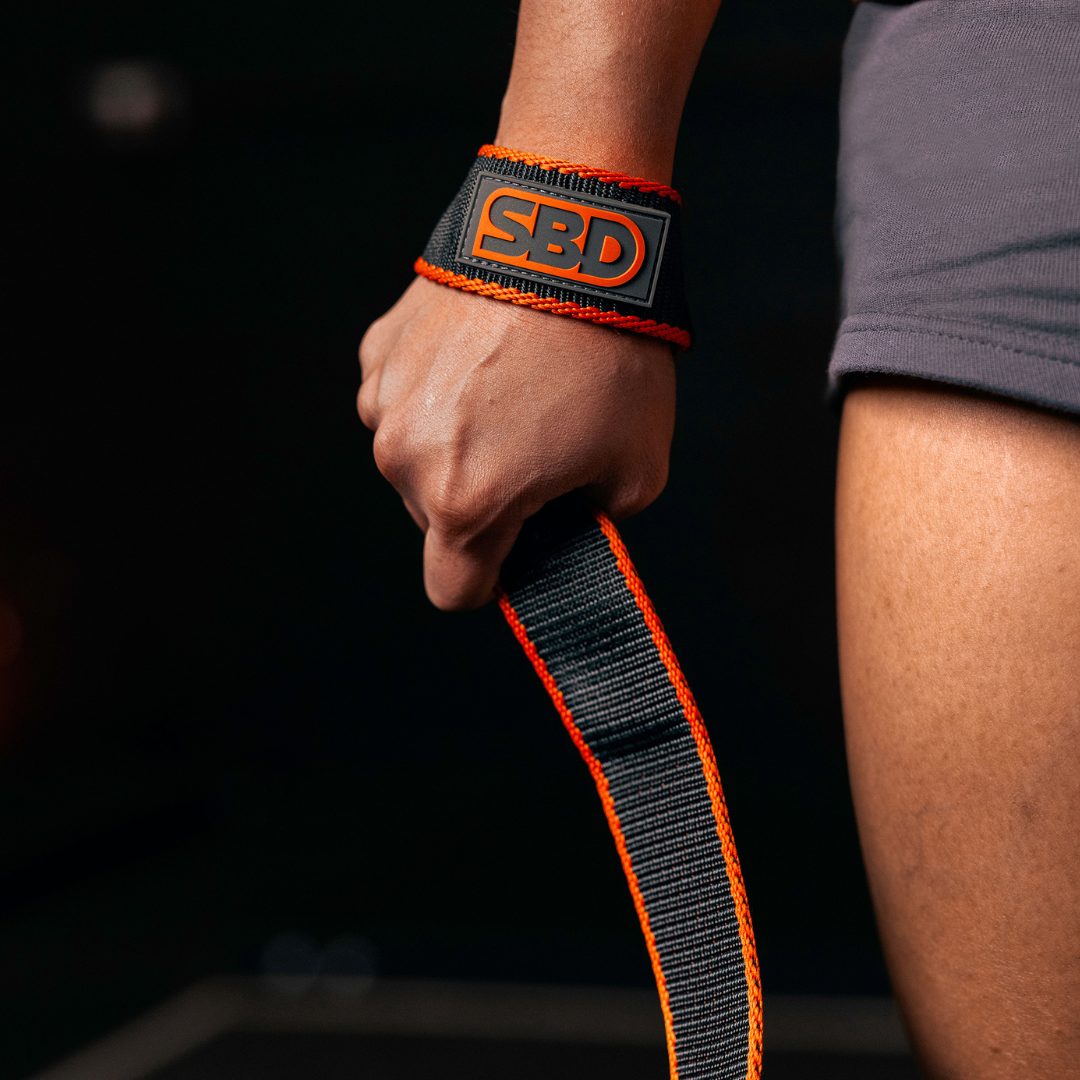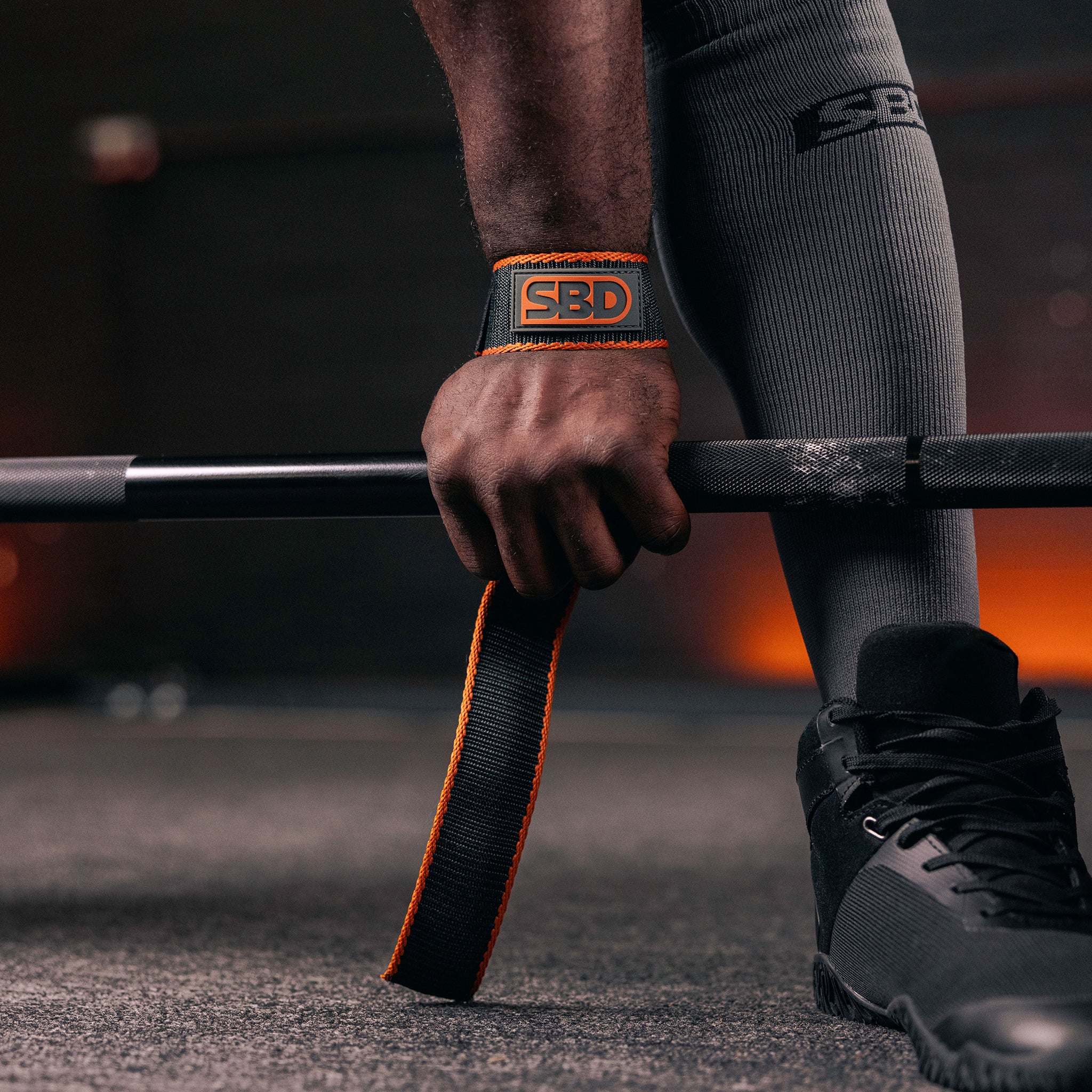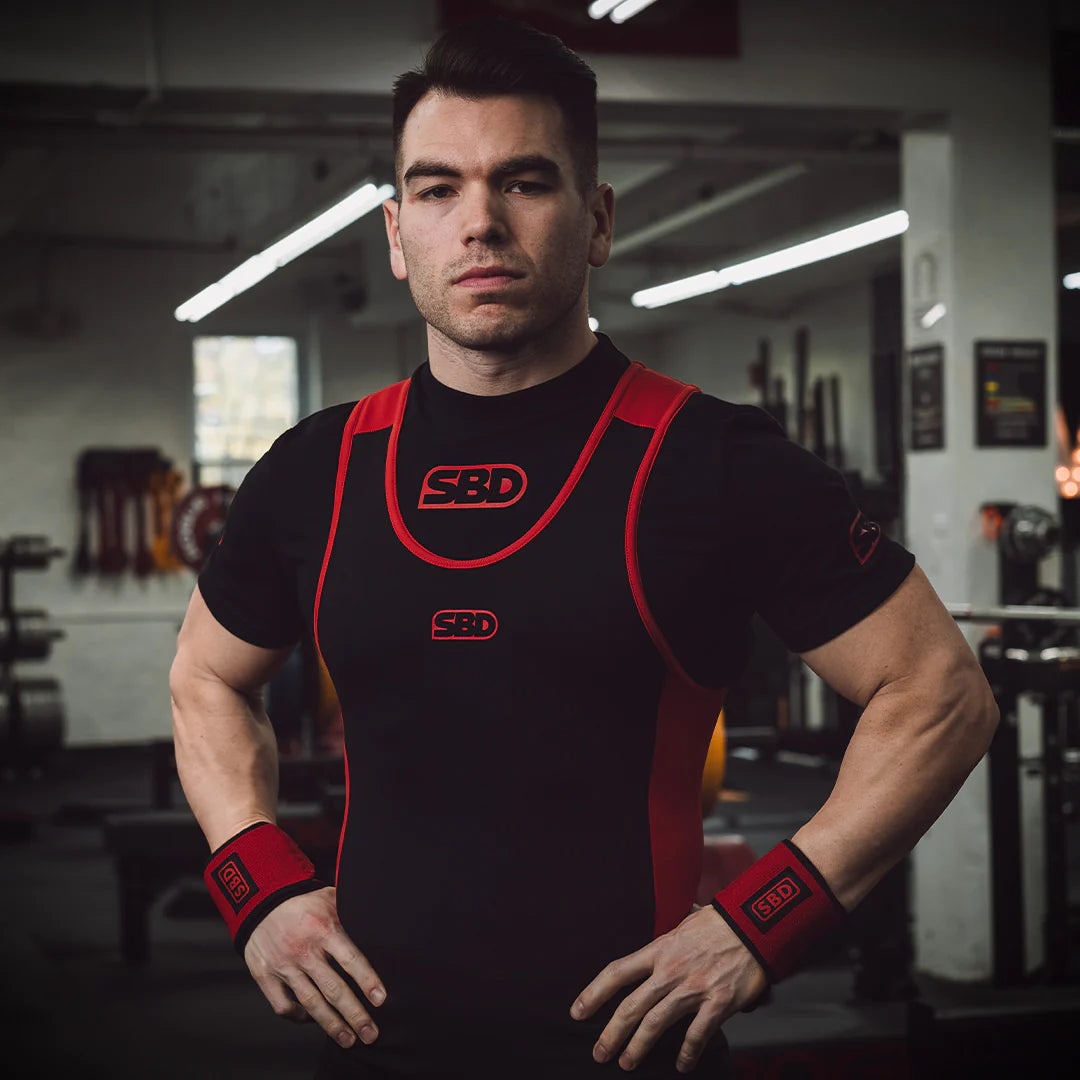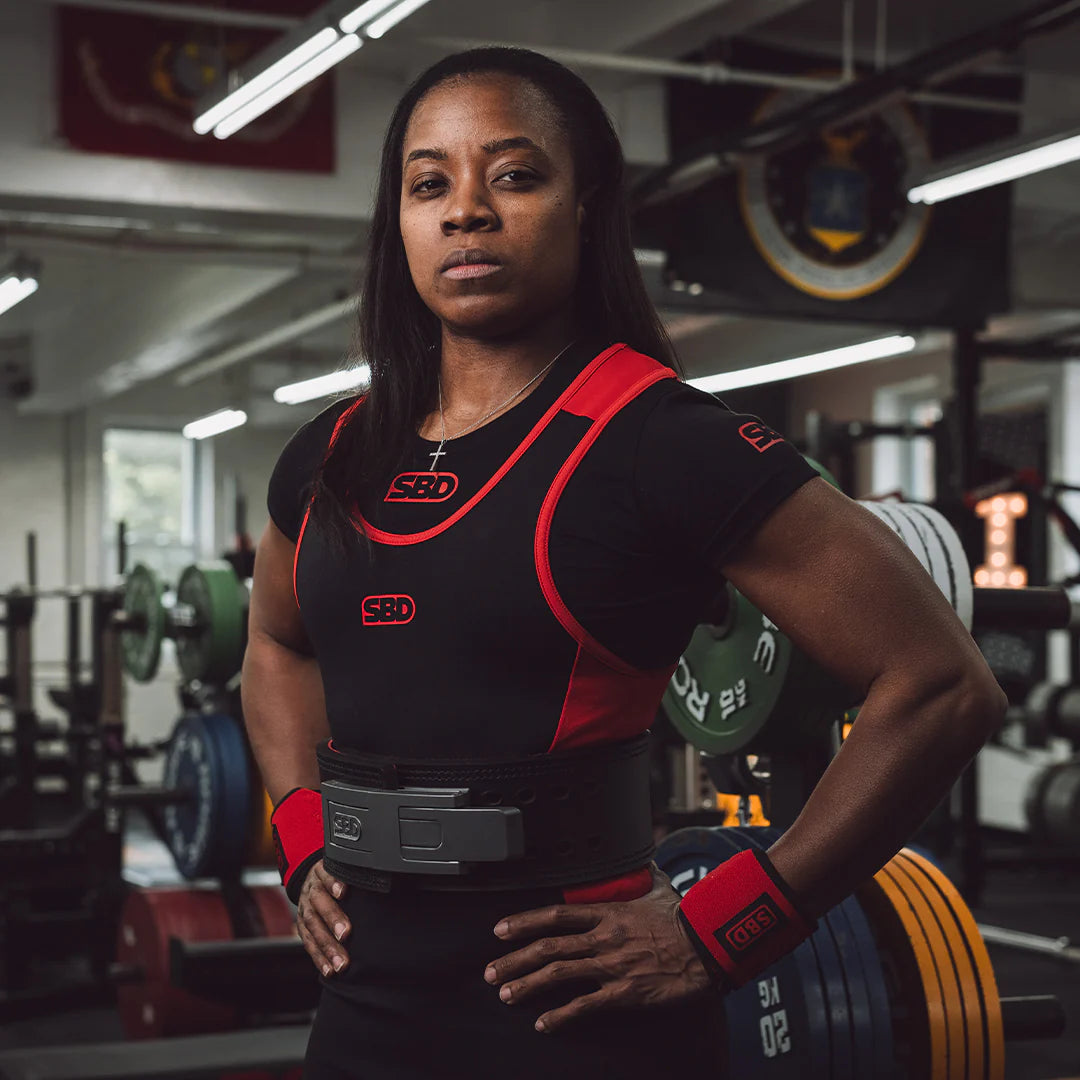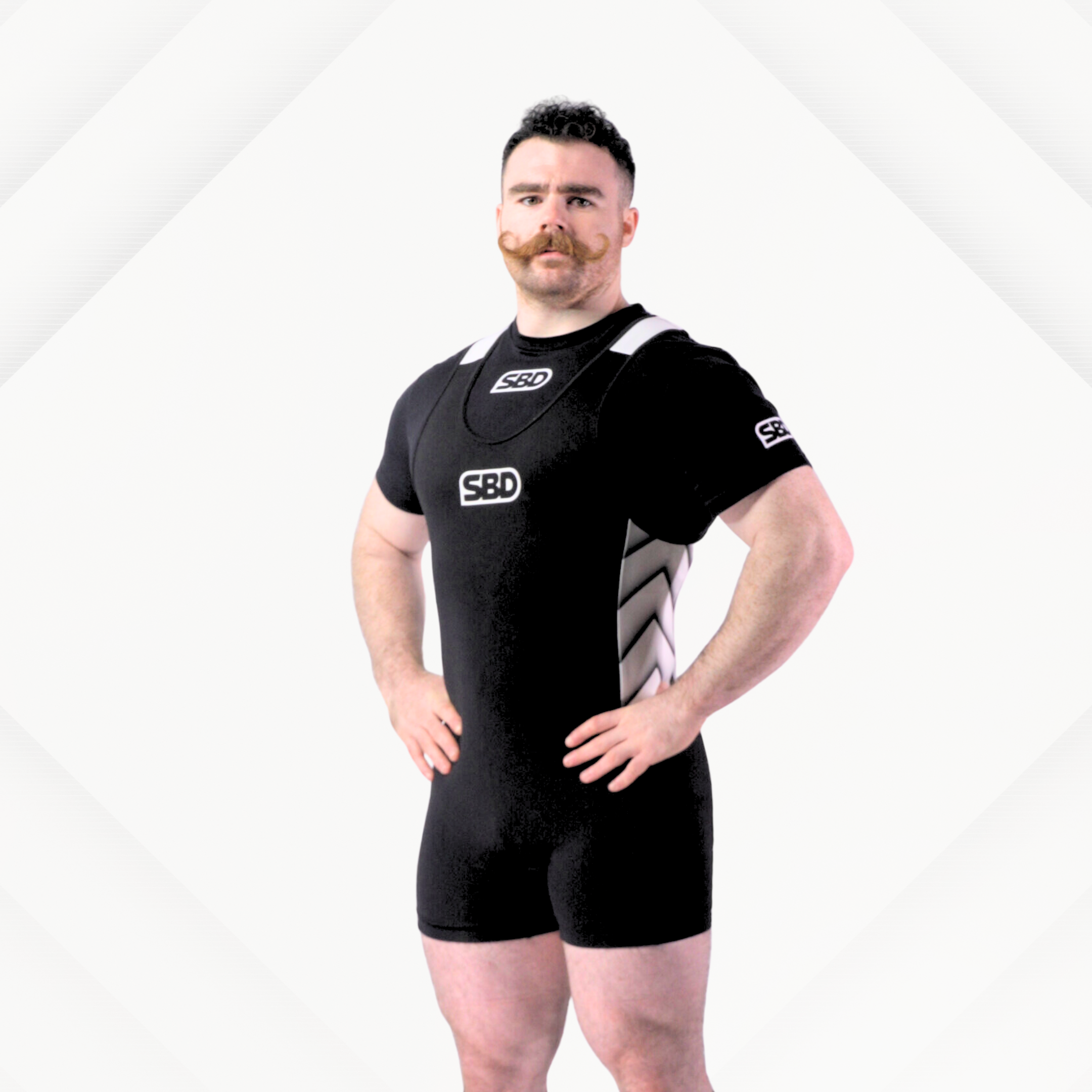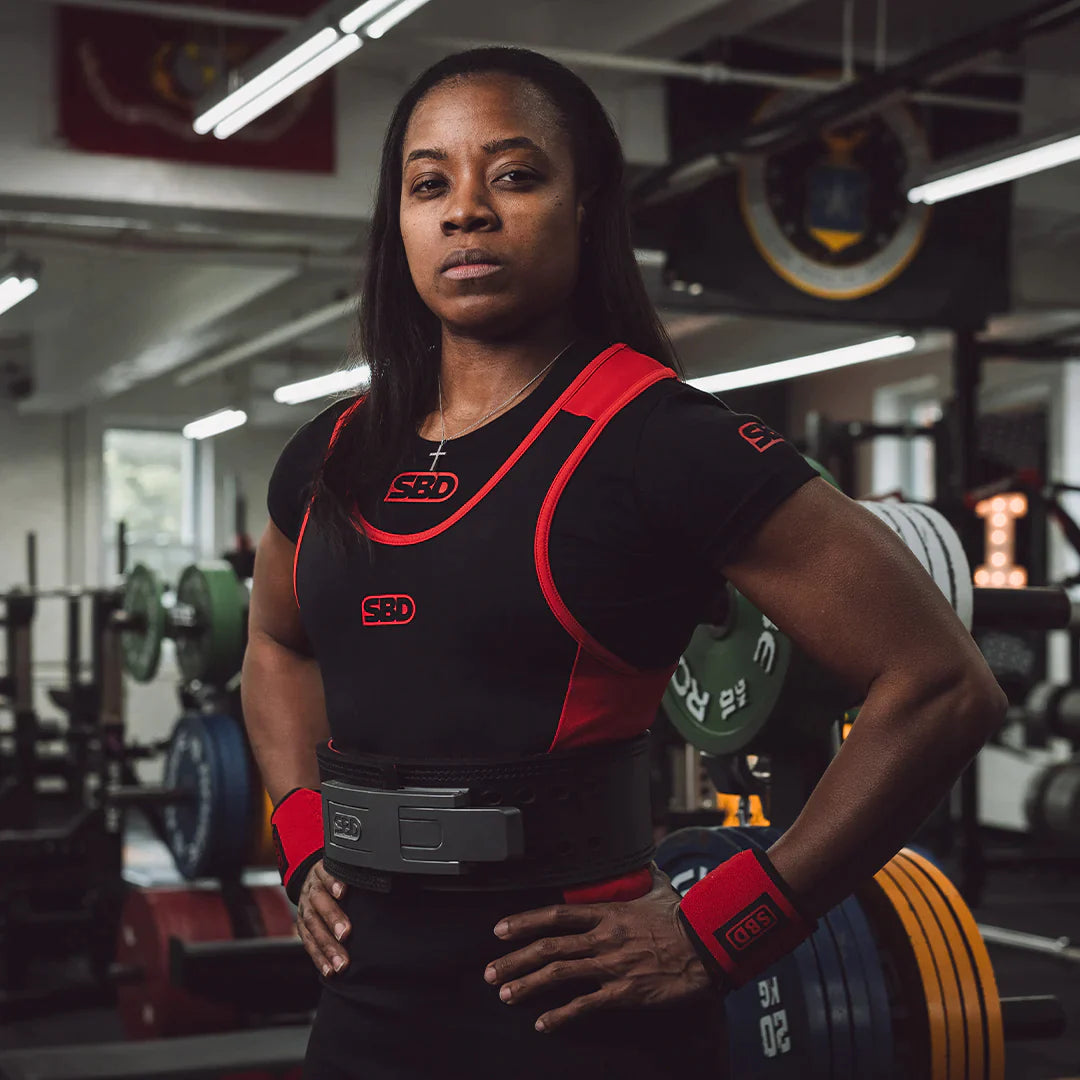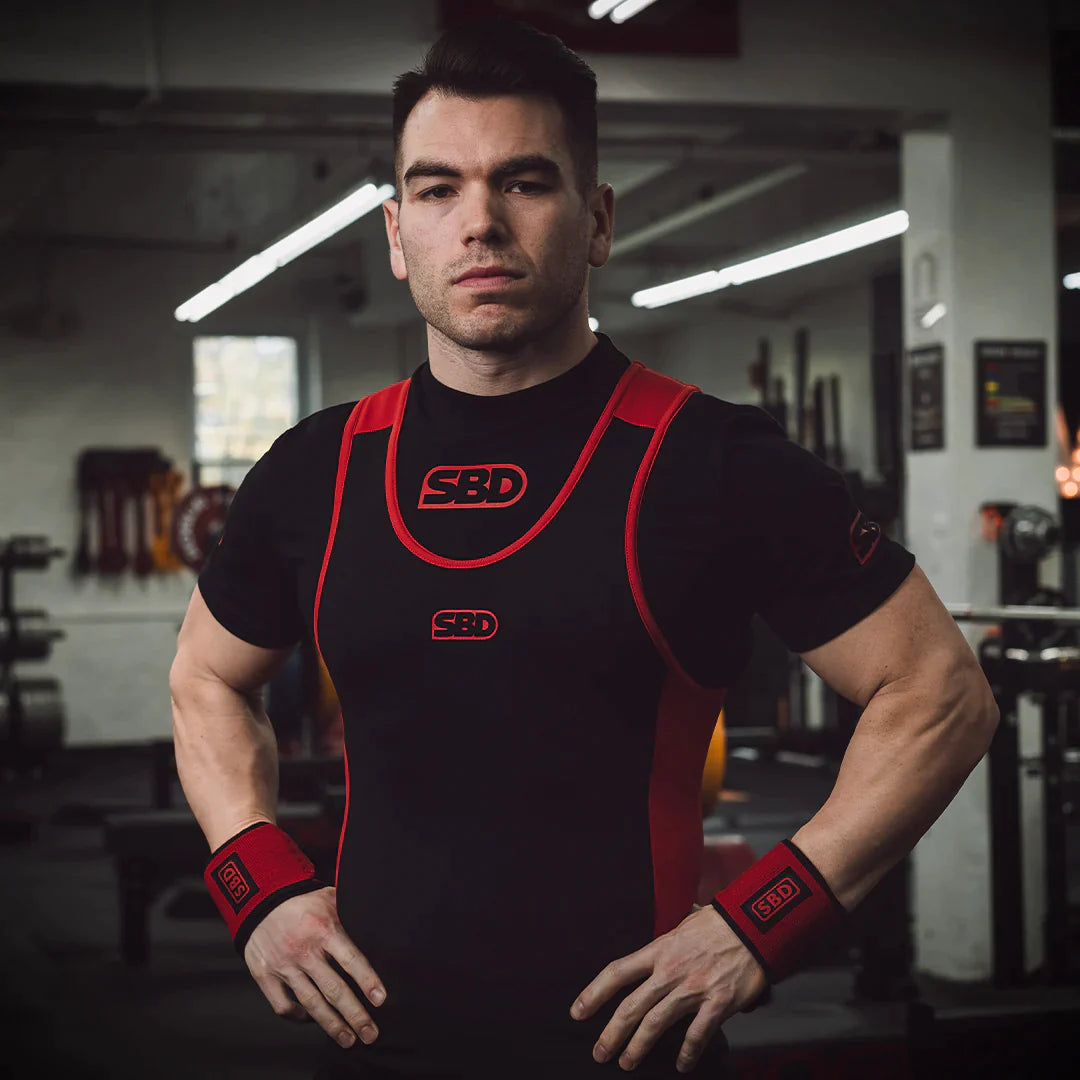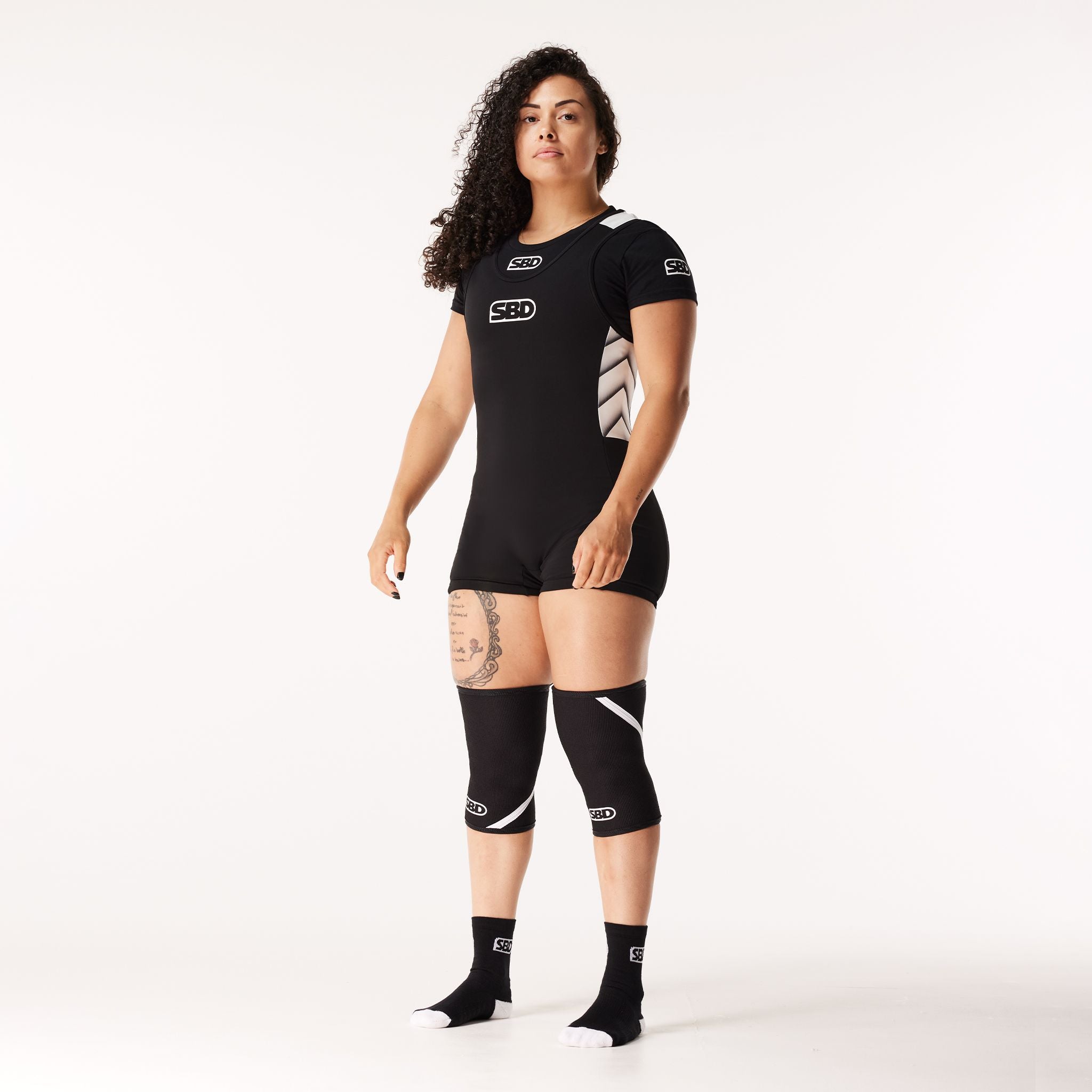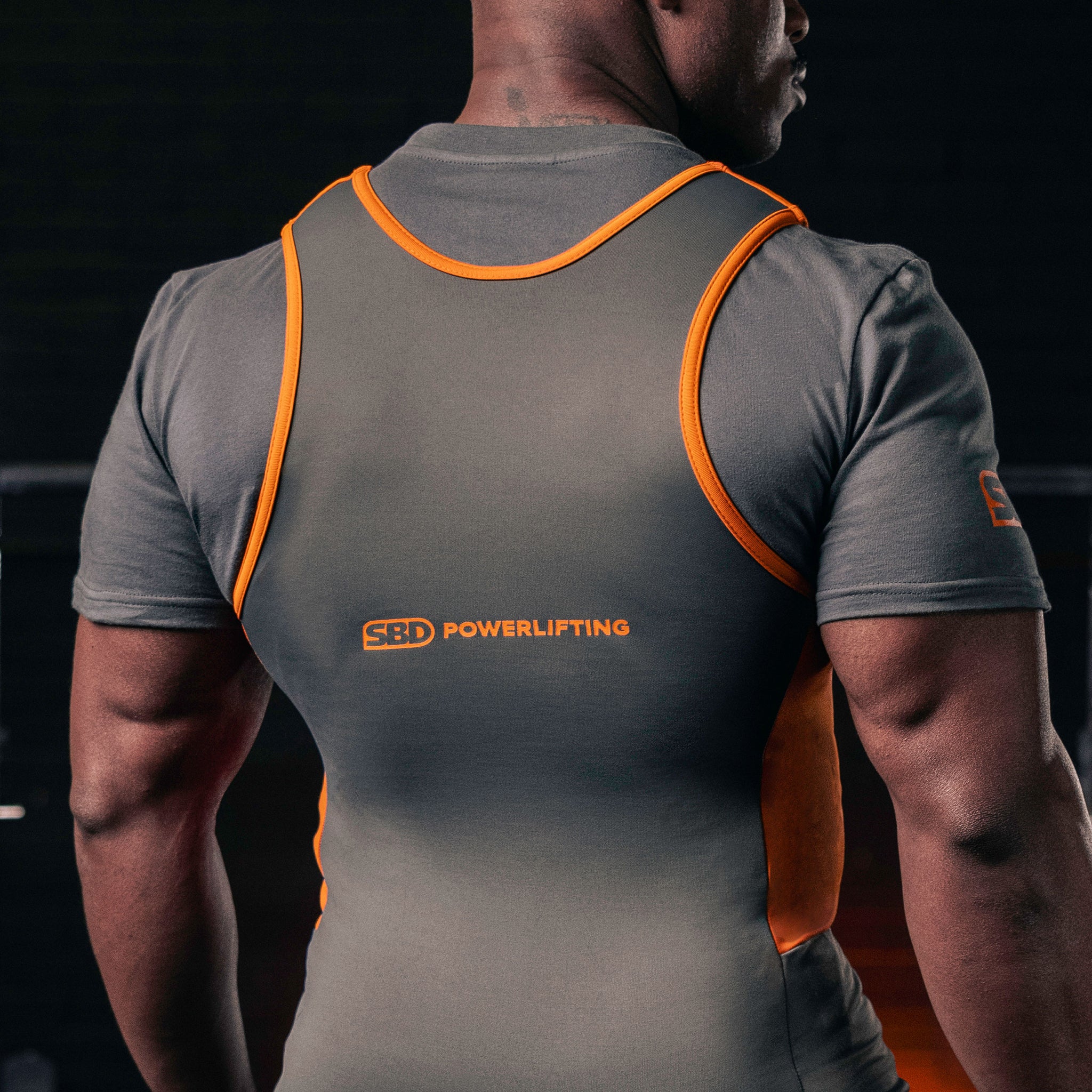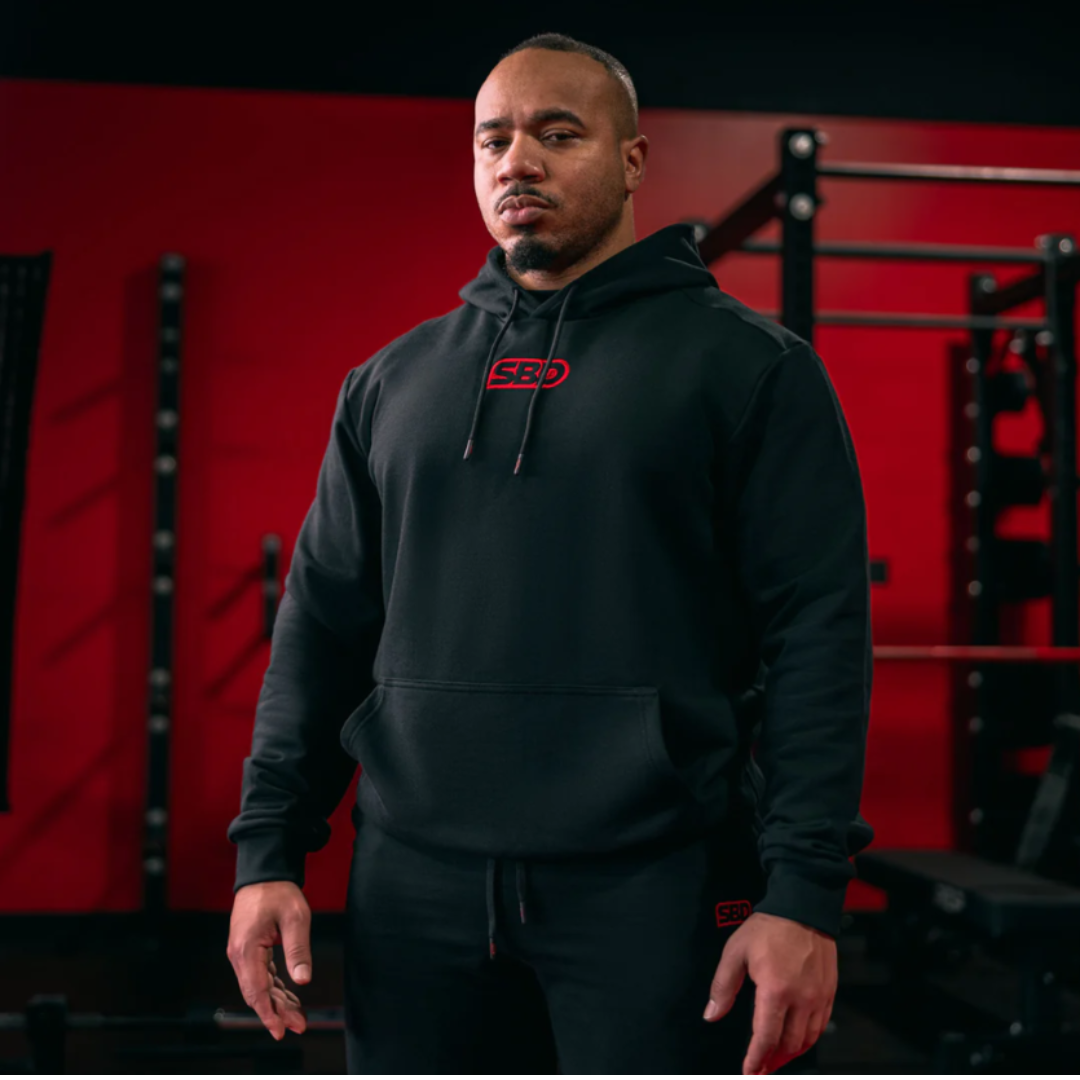Deadlifts, often dubbed the "king of lifts," are one of the most effective exercises for developing full-body strength and power. However, achieving mastery in deadlifting is more than just picking up a barbell—it’s about refining every aspect of your form. At the heart of an optimal deadlift lies the proper hip position, a key factor that influences power generation, efficiency, and injury prevention. This comprehensive guide explores why hip position matters, how to perfect it, and how it can elevate your deadlifting prowess.
Understanding the Deadlift
Anatomy of a Deadlift
The deadlift is a compound movement that engages multiple muscle groups, including the hamstrings, glutes, lower back, core, and traps. The hips act as a pivotal hinge, allowing the lifter to generate force while maintaining balance and stability.
Key Muscle Groups Engaged
- Glutes: The powerhouse of the lift, driving the barbell upward.
- Hamstrings: Supporting the hip hinge and stabilising the knees.
- Lower Back: Maintaining spinal alignment during the lift.
- Core: Stabilising the torso for controlled movement.
The Role of Form and Technique
Form is crucial to maximising the benefits of the deadlift. Poor technique, especially in hip alignment, can lead to inefficient lifts or injuries. Understanding proper mechanics sets the foundation for success.
Importance of Hip Position
Biomechanics of the Hip Joint
The hips function as a hinge joint, enabling a wide range of motion. During a deadlift, the hips are responsible for transferring power from the legs to the upper body, making their positioning critical.
The Connection Between Hips and Power Generation
Optimal hip placement allows for efficient energy transfer and reduces unnecessary strain on secondary muscles like the lower back. This results in a stronger and safer lift.
Why Improper Hip Position Leads to Injury
Common issues such as hips being too high or too low can compromise the lift. Misalignment shifts the workload to weaker areas, increasing the risk of strains and long-term injuries.
Finding Your Optimal Hip Position
Assessing Individual Anatomy for Deadlift
Everyone’s anatomy is unique, and factors like limb length, mobility, and strength play a role in determining the best hip position. Experimentation and professional guidance can help identify what works best for you.
Body Types and Hip Position Variations
-
Long Torso, Short Legs: Typically benefit from a lower hip position.
-
Short Torso, Long Legs: May require a higher hip position for optimal leverage.
Common Errors When Positioning the Hips
-
Hips Too High: Over-reliance on the lower back.
-
Hips Too Low: Reduced power and excessive knee involvement.
-
Rushing Setup: Neglecting proper alignment during setup can derail the lift.
Techniques to Improve Hip Position
Dynamic Warm-Up Routines for Hips
Incorporate exercises like hip flexor stretches, glute bridges, and bodyweight squats to prepare the hips for movement.
Mobility Exercises to Increase Range of Motion
-
Hip Flexor Stretches: Loosen tight muscles.
-
Cossack Squats: Improve lateral hip mobility.
-
Foam Rolling: Release tension in the surrounding muscles.
Strengthening Exercises for Hip Stability
-
Bulgarian Split Squats: Build unilateral strength.
-
Romanian Deadlifts: Reinforce the hinge movement.
-
Clamshells: Target smaller stabilising muscles.
Variations in Deadlifts
Conventional Deadlift vs Sumo Deadlift
In conventional deadlifts, hips start higher, while sumo deadlifts demand a wider stance and lower hip position, favouring different muscle groups.
How Hip Position Changes in Romanian Deadlifts
Romanian deadlifts require a controlled hip hinge with minimal knee bend, focusing on hamstring and glute engagement.
Trap Bar Deadlifts and Hip Mechanics
Trap bar deadlifts place the lifter in a more upright position, reducing lower back strain and allowing for easier hip alignment.
Training Tips for Perfecting Hip Position
The Role of Core Engagement in Hip Placement
A strong core prevents the hips from collapsing and helps maintain alignment during the lift.
Breathing Techniques to Maintain Form
Proper breathing—using the Valsalva manoeuvre—stabilises the core and supports optimal hip placement.
The Use of Video Analysis for Form Correction
Recording lifts can help identify inconsistencies in hip alignment and enable targeted improvements.
Common Mistakes and How to Avoid Them
Hips Too High or Too Low
-
Too High: Engage more leg drive at the start.
-
Too Low: Adjust stance width to find balance.
Overcompensating with the Lower Back
Focus on maintaining a neutral spine by bracing the core and setting the hips properly.
How Fatigue Impacts Hip Positioning
Fatigue can lead to form breakdown. Prioritise quality over quantity and incorporate adequate rest periods.
Injury Prevention
Warning Signs of Improper Hip Use
Watch for consistent pain in the lower back, hips, or knees, which could indicate poor form.
Recovery Strategies for Hip-Related Strains
-
Ice and Rest: Reduce inflammation.
-
Stretching and Mobility Work: Gradually restore range of motion.
When to Seek Professional Guidance
If discomfort persists, consult a physiotherapist or strength coach for tailored advice.
Building a Personalised Deadlift Programme
Integrating Hip Position Drills
Include specific drills like paused deadlifts and deficit pulls to reinforce hip alignment.
Progressive Overload and Hip Mechanics
Gradually increase weight while maintaining proper form to strengthen the hips and surrounding muscles.
Scheduling Rest Days for Optimal Recovery
Ensure at least one rest day between heavy lifting sessions to prevent overtraining.
Advanced Tips for Athletes
How Hip Drive Enhances Explosiveness
Explosive hip drive is essential for maximising power in advanced lifts like cleans and snatches.
The Role of Hip Position in Olympic Weightlifting
Proper hip alignment is critical for clean and jerk movements, where power and precision intersect.
Combining Deadlift Training with Plyometrics
Incorporating box jumps or kettlebell swings can complement deadlift training and improve hip explosiveness.
FAQs on Hip Position in Deadlifts
-
What’s the best hip position for beginners? Aim for a neutral position that aligns with your natural hinge mechanics.
-
How can I tell if my hip position is correct? Ensure your back remains neutral and power is generated from the hips.
-
Can hip position vary by fitness level? Yes, experienced lifters may refine their hip position based on strength and flexibility gains.
-
What should I do if my hips feel stiff? Incorporate mobility exercises and stretching into your routine.
-
Are there any tools to help correct hip position? Yes, resistance bands and mirrors can aid in reinforcing proper mechanics.
-
How does hip position impact overall strength gains? Correct hip placement enhances power transfer, leading to better strength development.
Proper hip position is a cornerstone of deadlift performance, influencing power output, efficiency, and safety. By understanding the mechanics, addressing weaknesses, and applying targeted techniques, lifters can maximise their potential and reduce the risk of injury. Prioritise form and consistent practice to reap the long-term rewards of this foundational movement.

